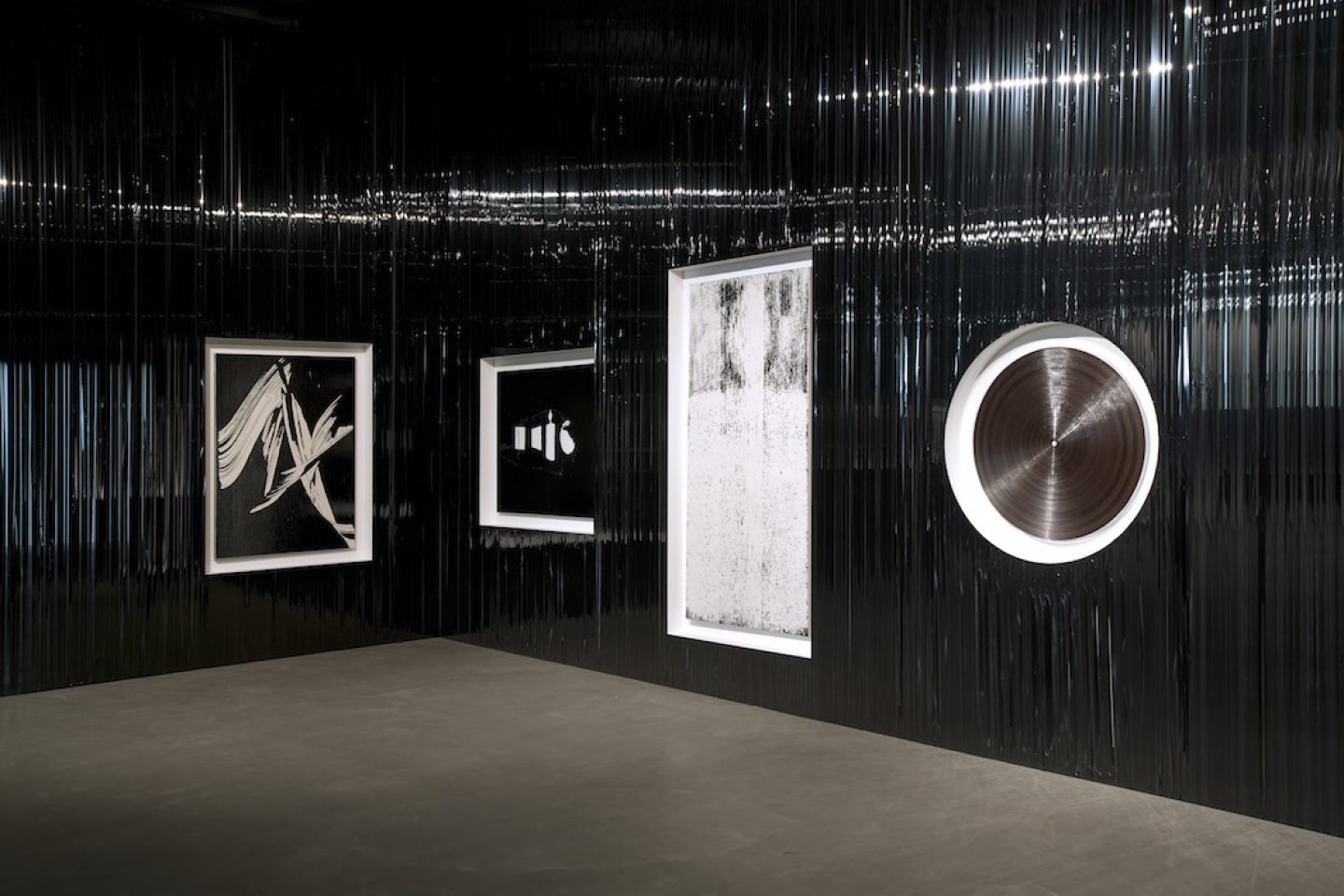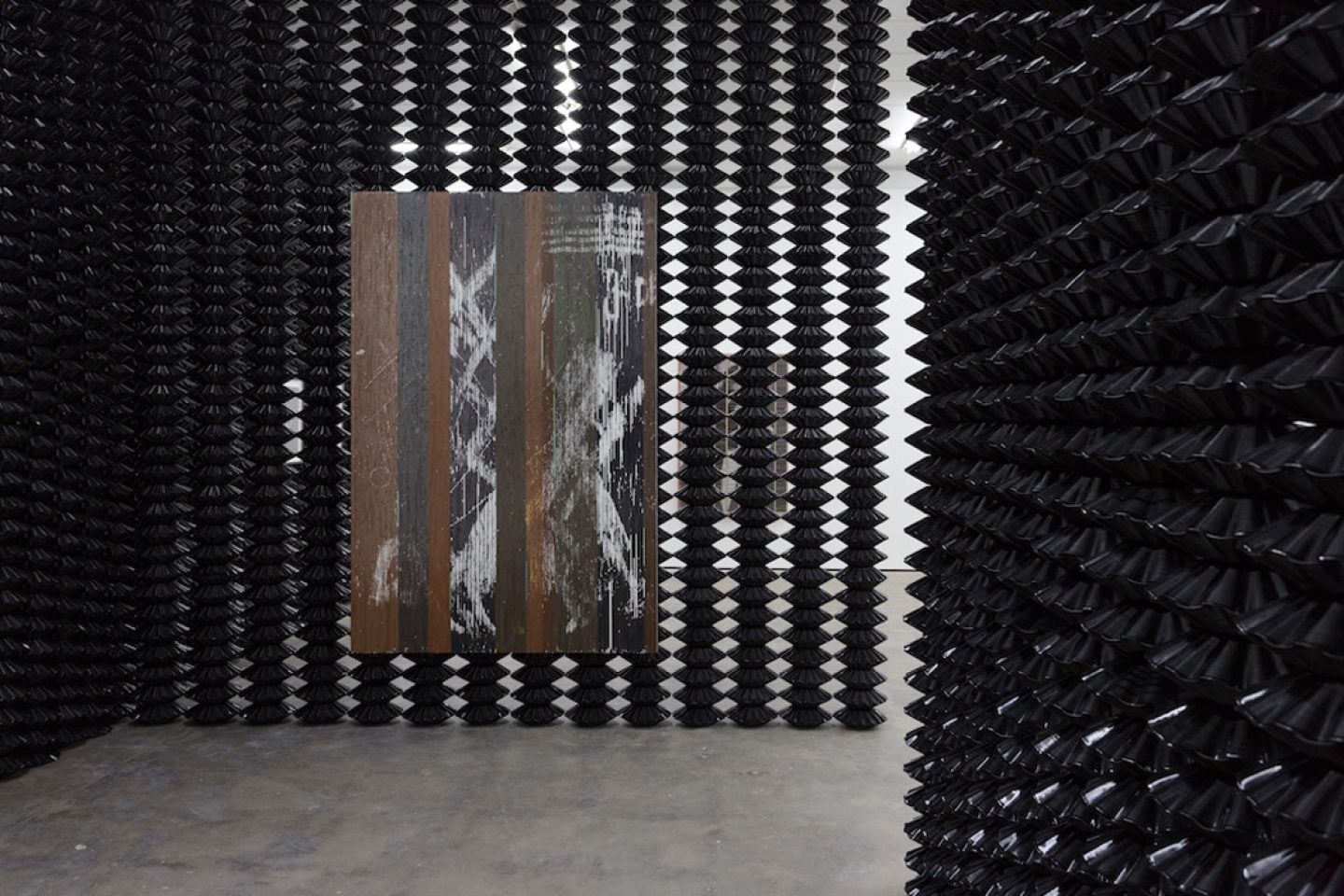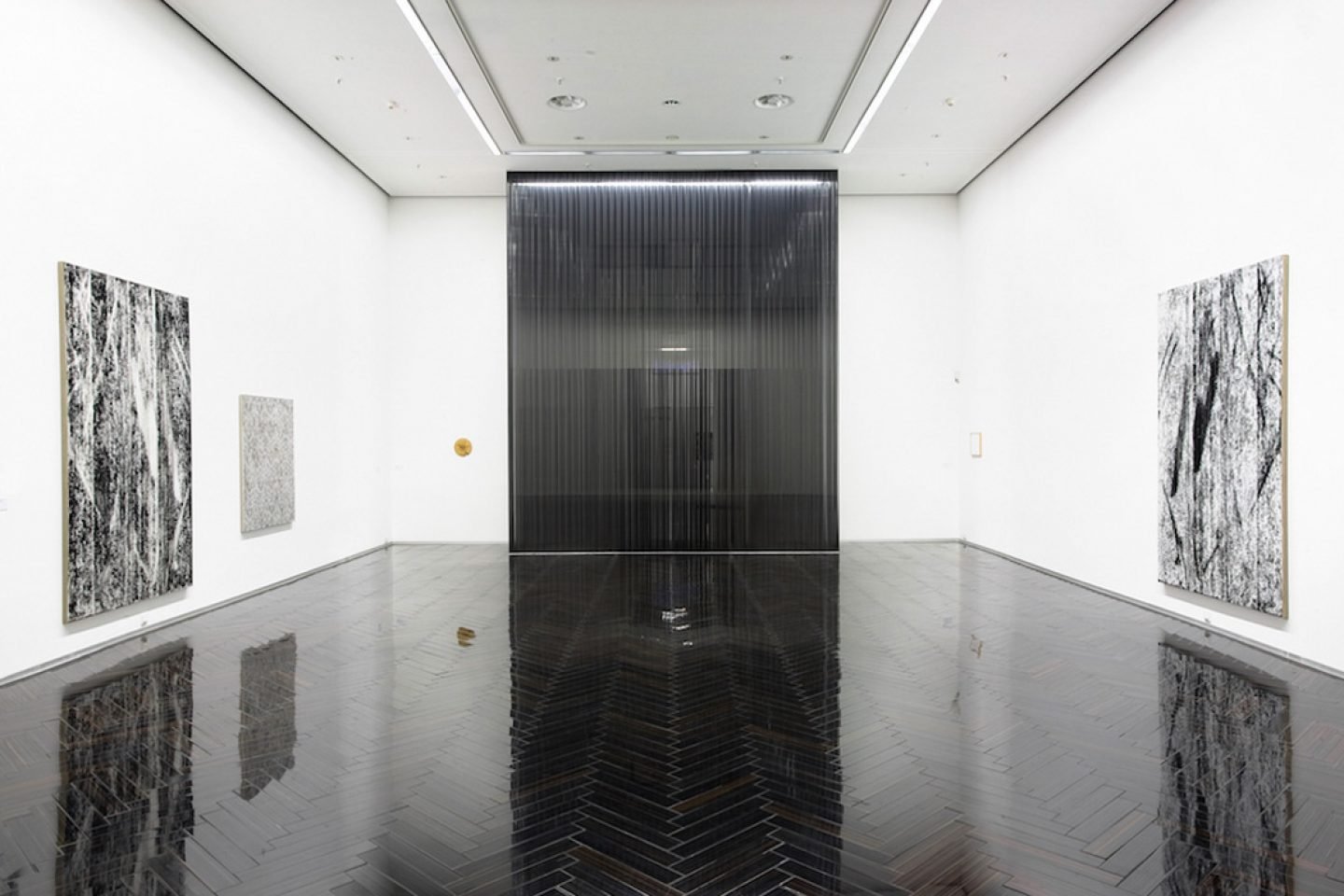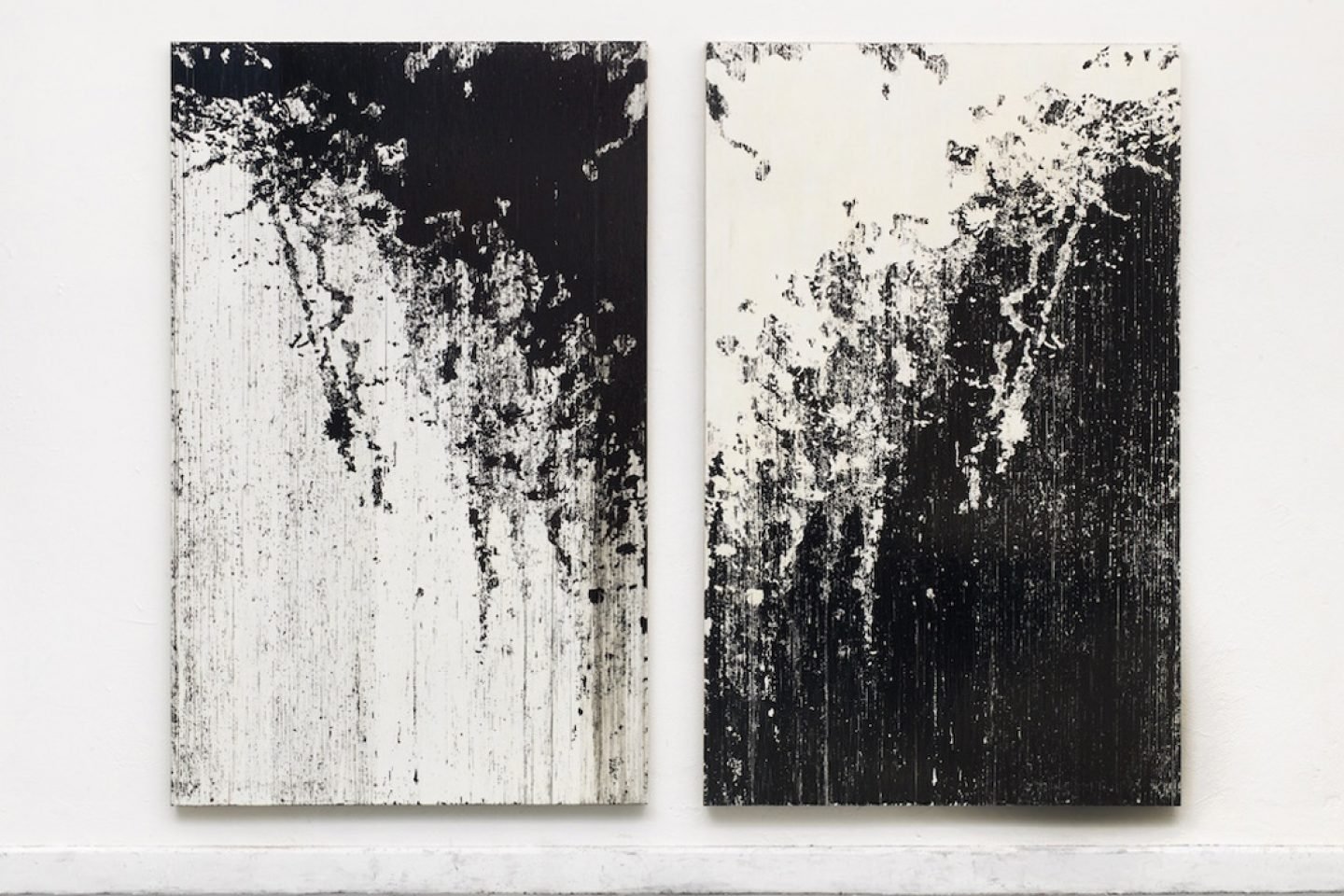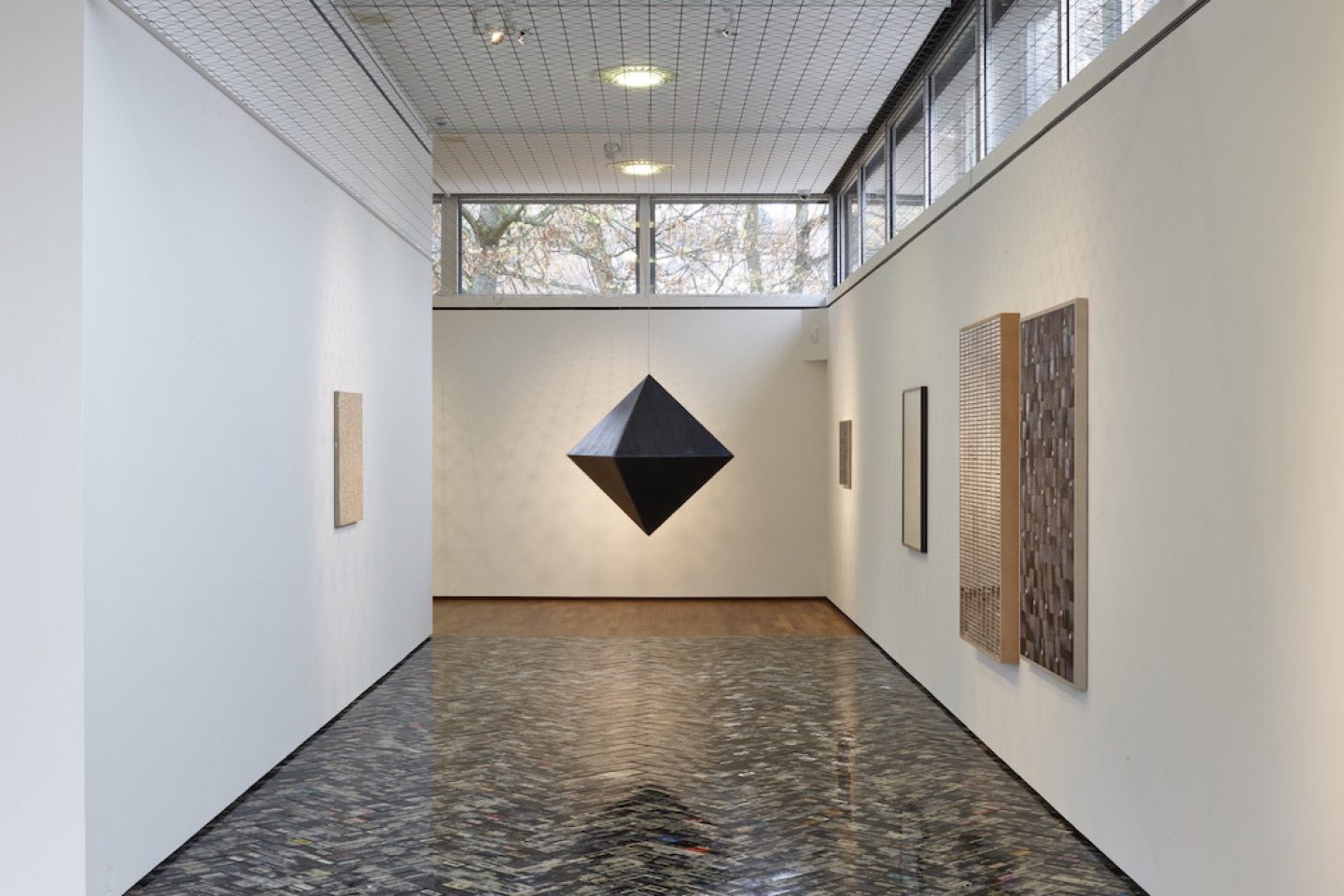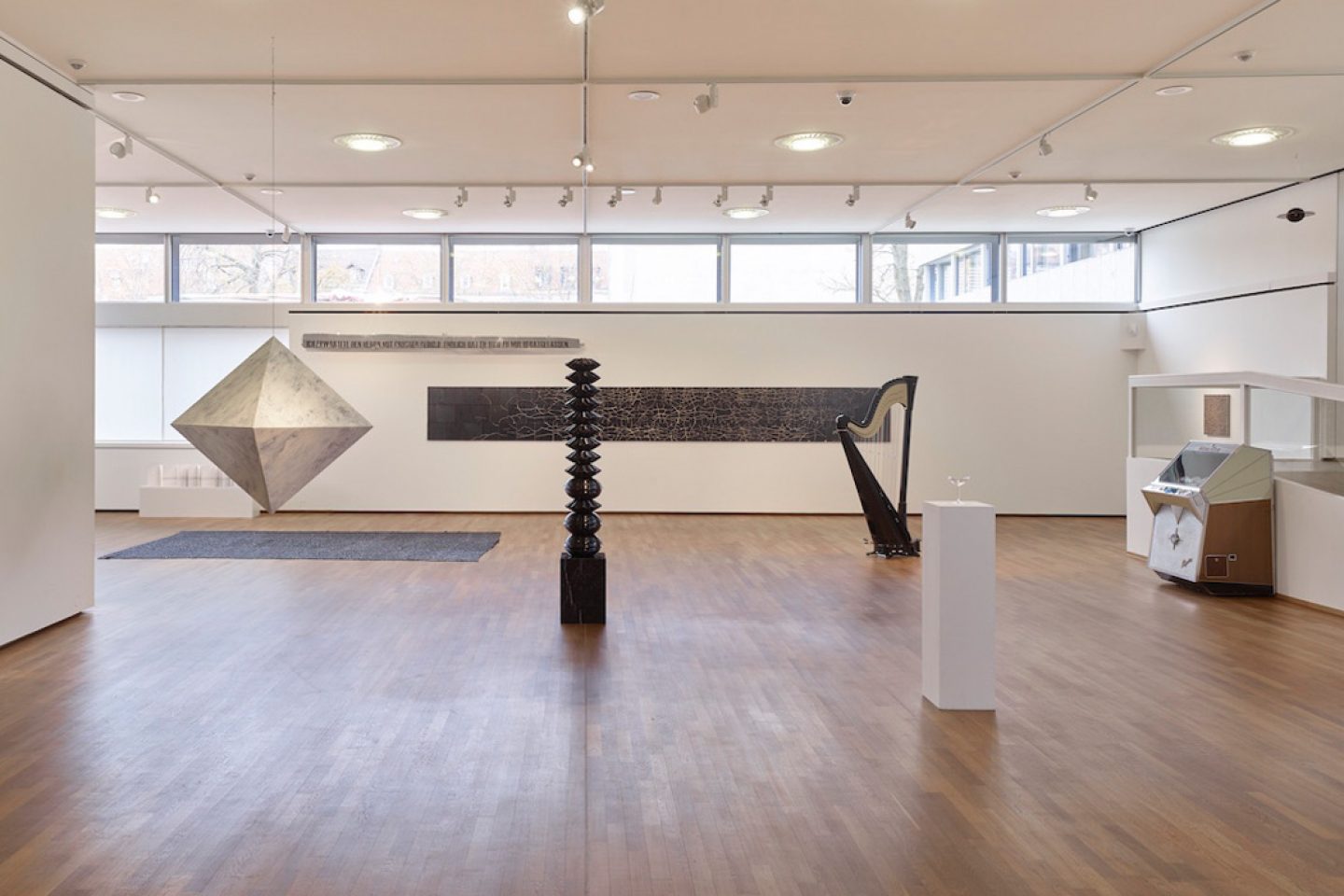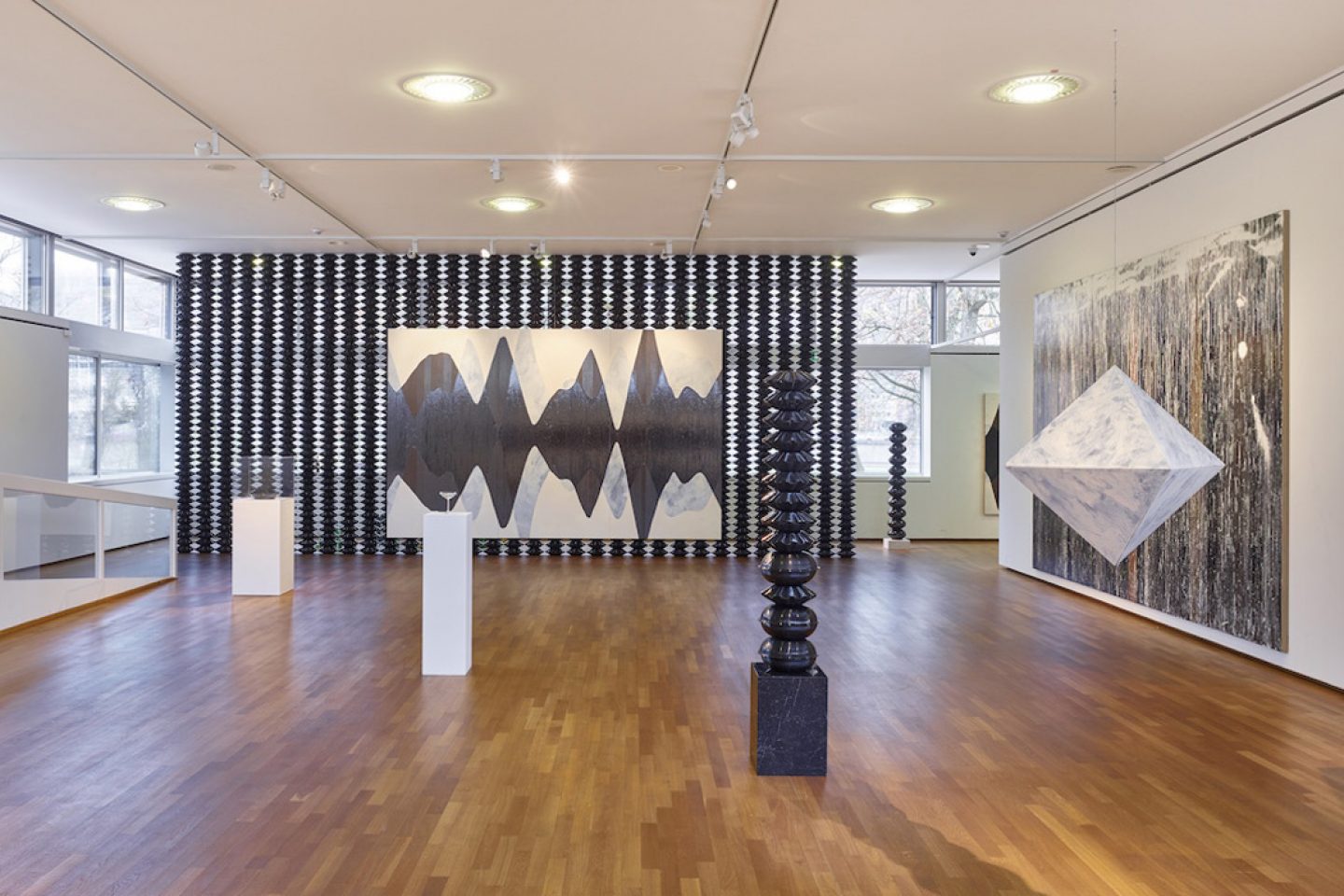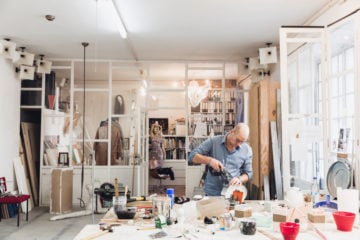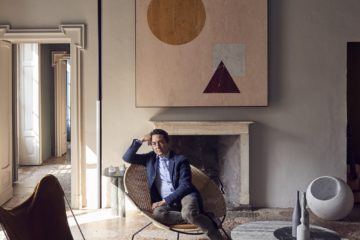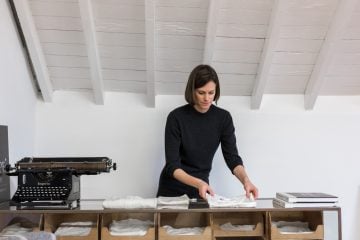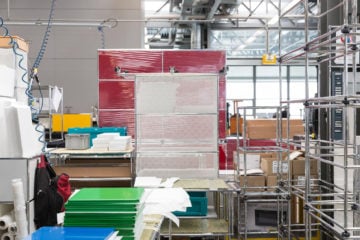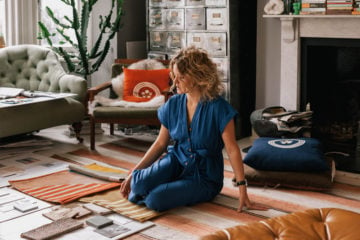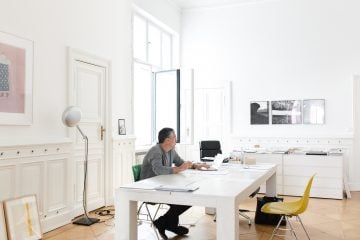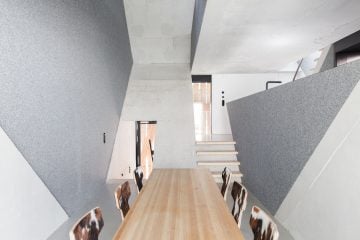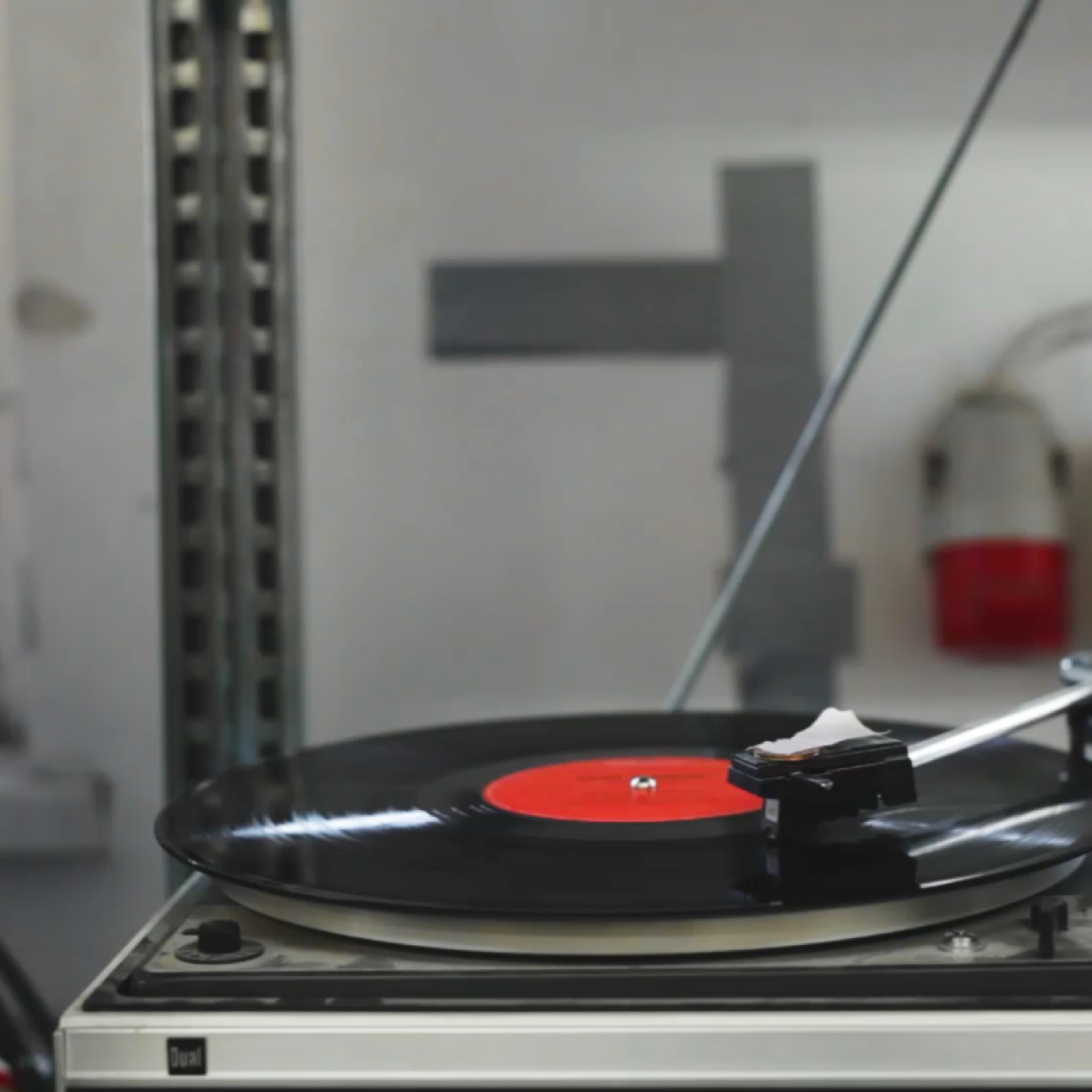
The Intricate Art Of Gregor Hildebrandt’s Tape Installations
- Name
- Gregor Hildebrandt
- Images
- Ana Santl
- Words
- Jessica Jungbauer
What once used to be a brewery building in Berlin-Wedding today houses the spacious top-floor studio of artist Gregor Hildebrandt, welcoming visitors with a bustling creativity. It’s in these rooms that Hildebrandt and his team create abstract artworks using videotapes and cassettes, making him one of the most renowned contemporary German artists, whose works are displayed in galleries worldwide.
From large scale installations to smaller objects, almost every one of Hildebrandt’s artworks literally carries within it a specific song, film or poem – all sourced from his huge archive of cassette tapes and vinyls, bought in large quantities on eBay and scattered throughout the studio in an organized state of chaos.
We recently spent an afternoon at Hildebrandt’s studio, where we had the chance to take a look behind the scenes just before finishing the works for an upcoming exhibition at Bethanien in Berlin, which will run from April 13th until May 8th.
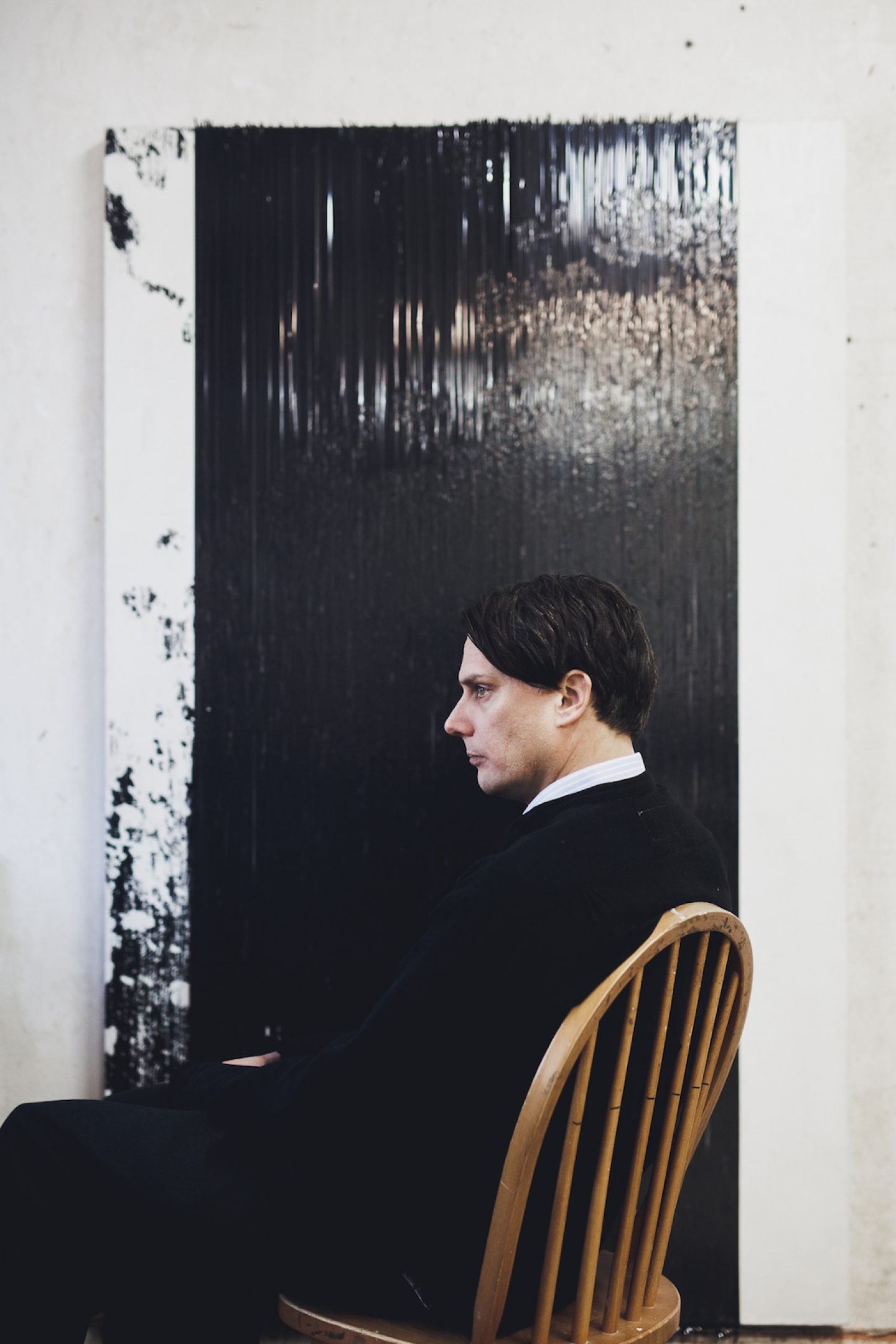
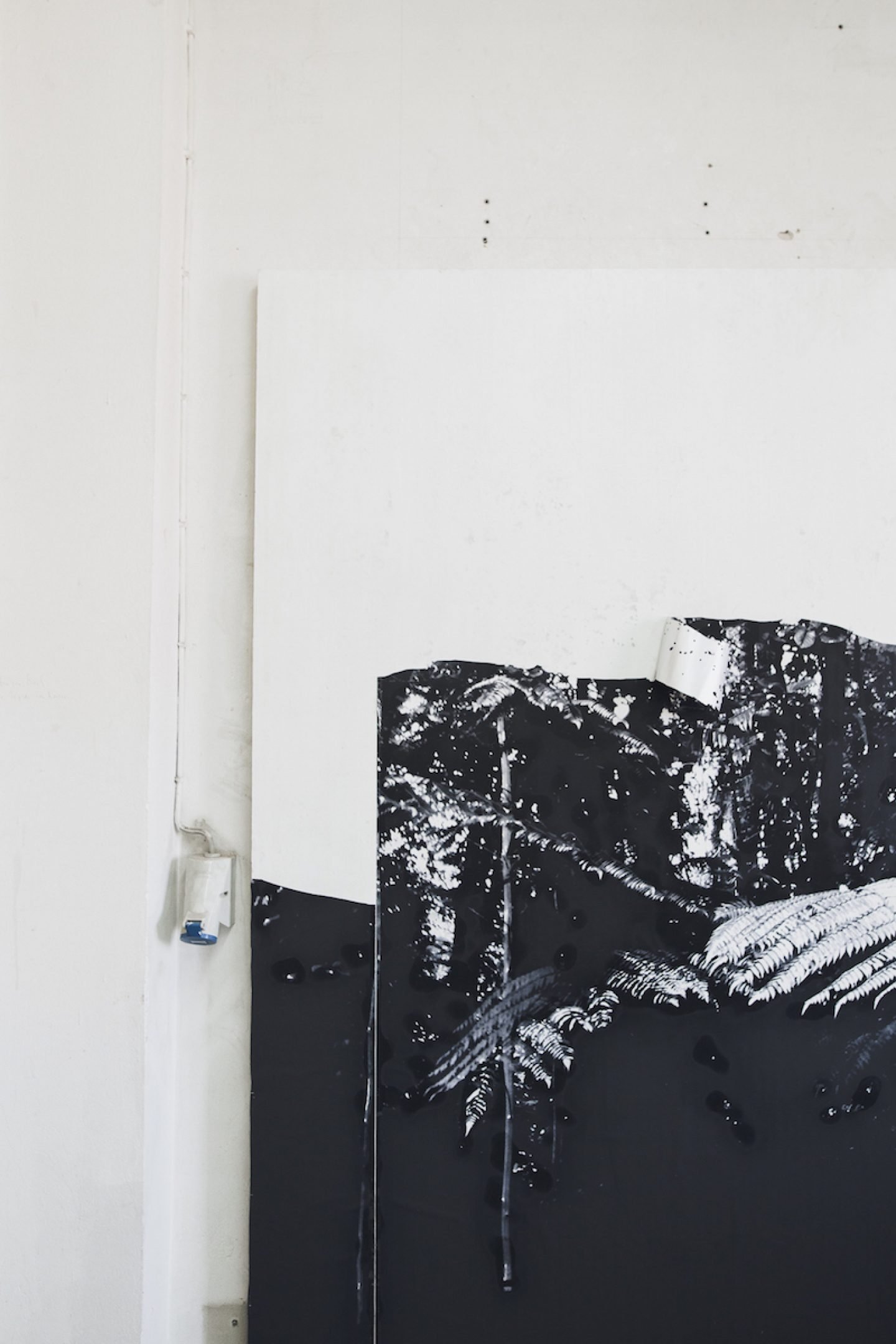
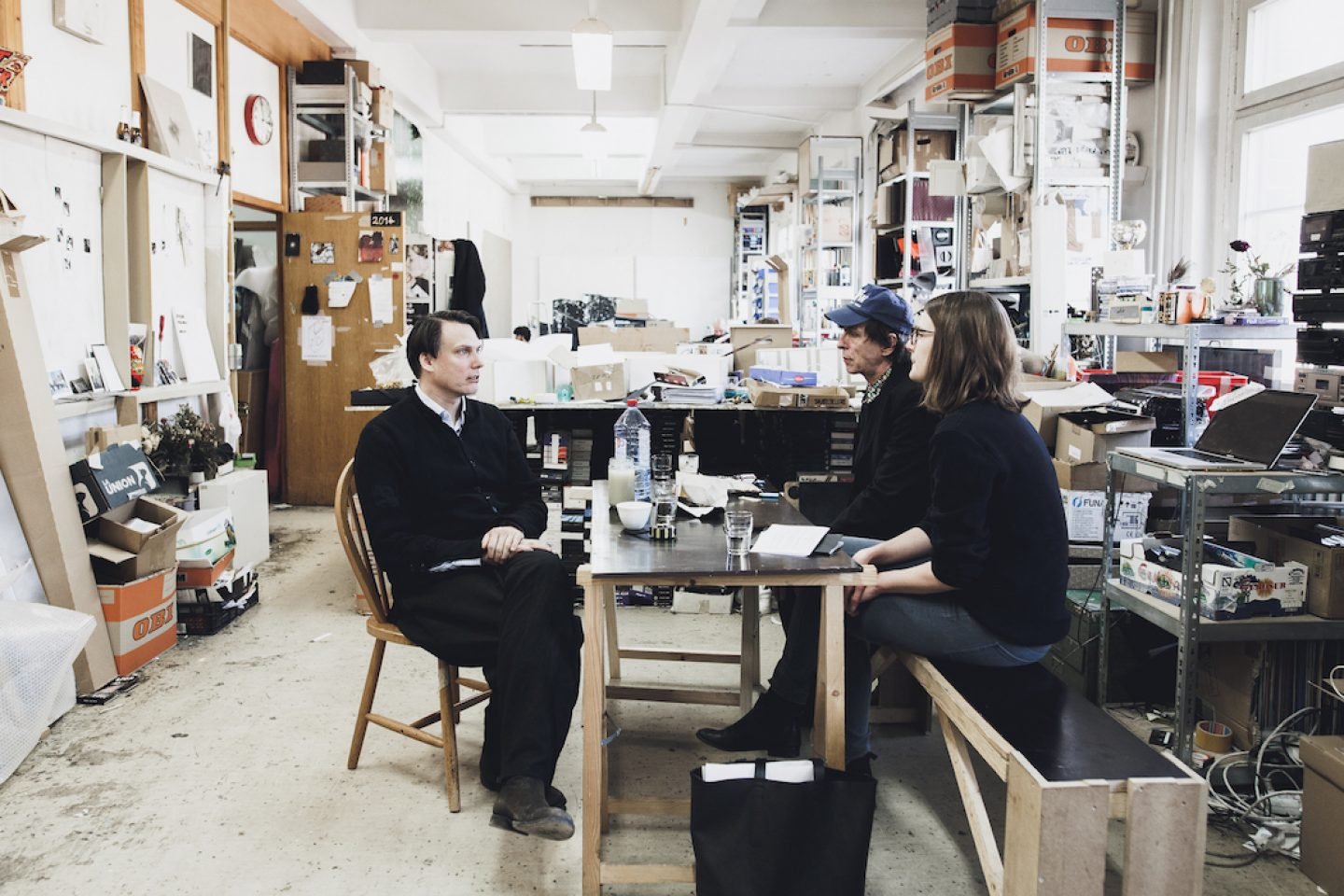
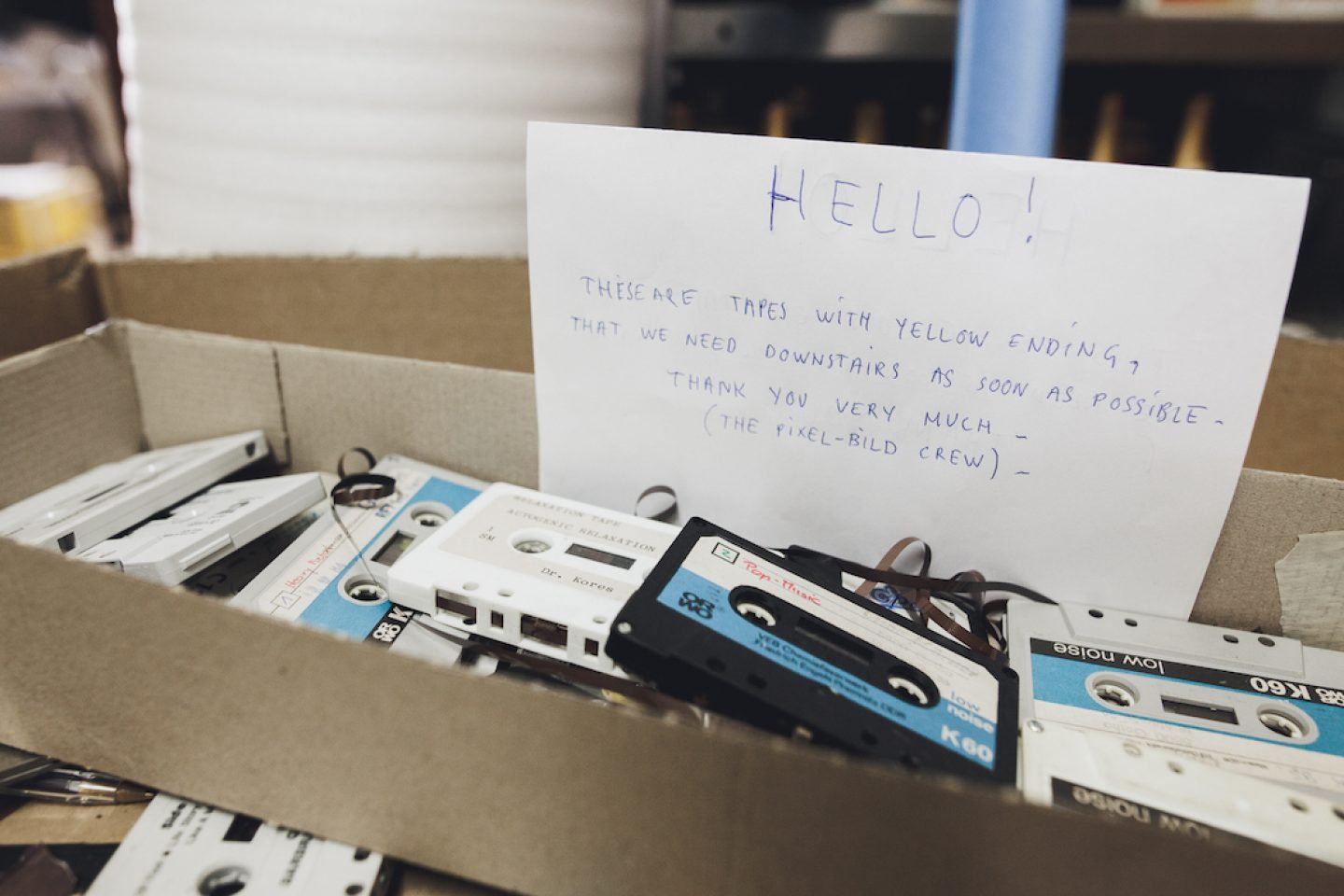
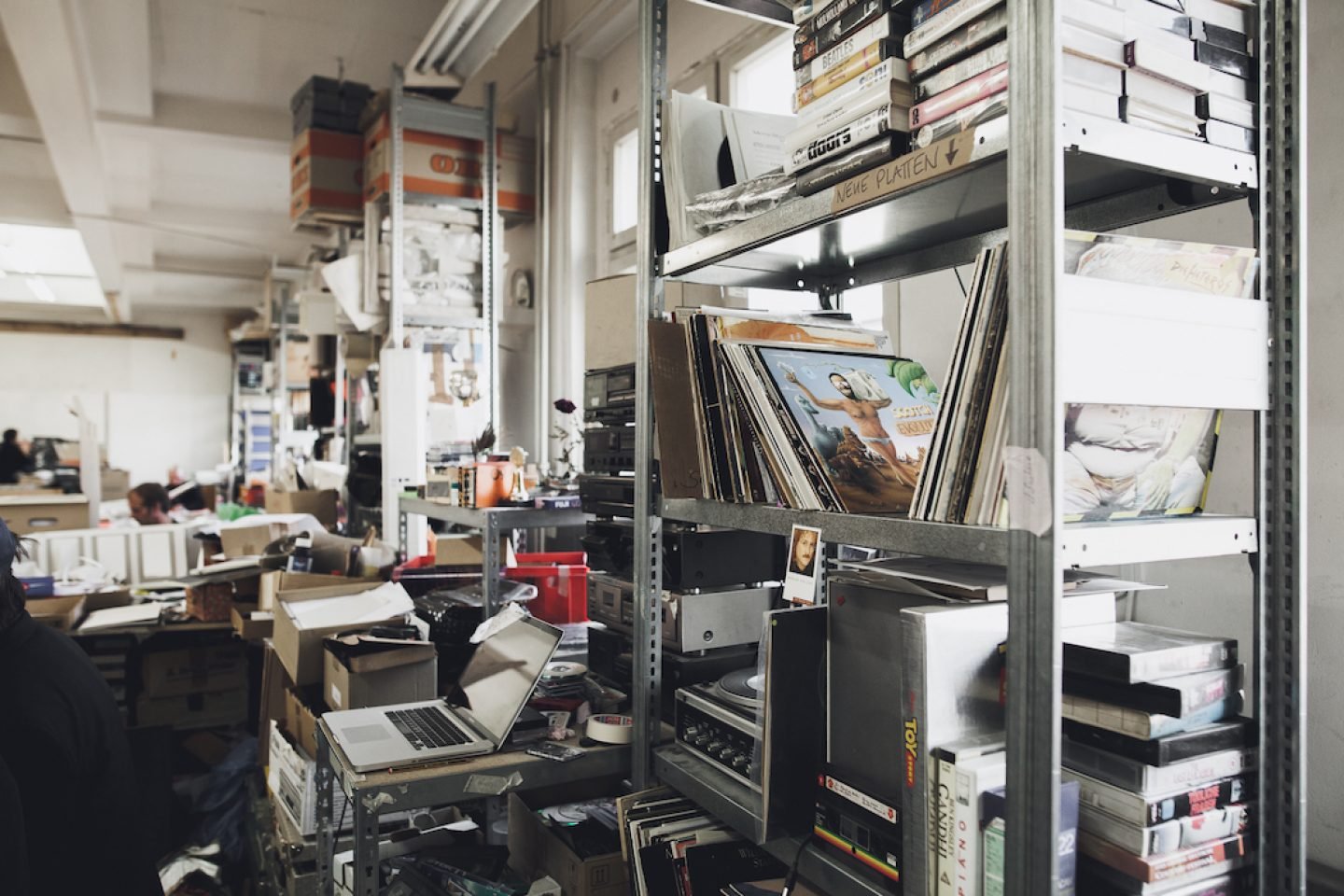
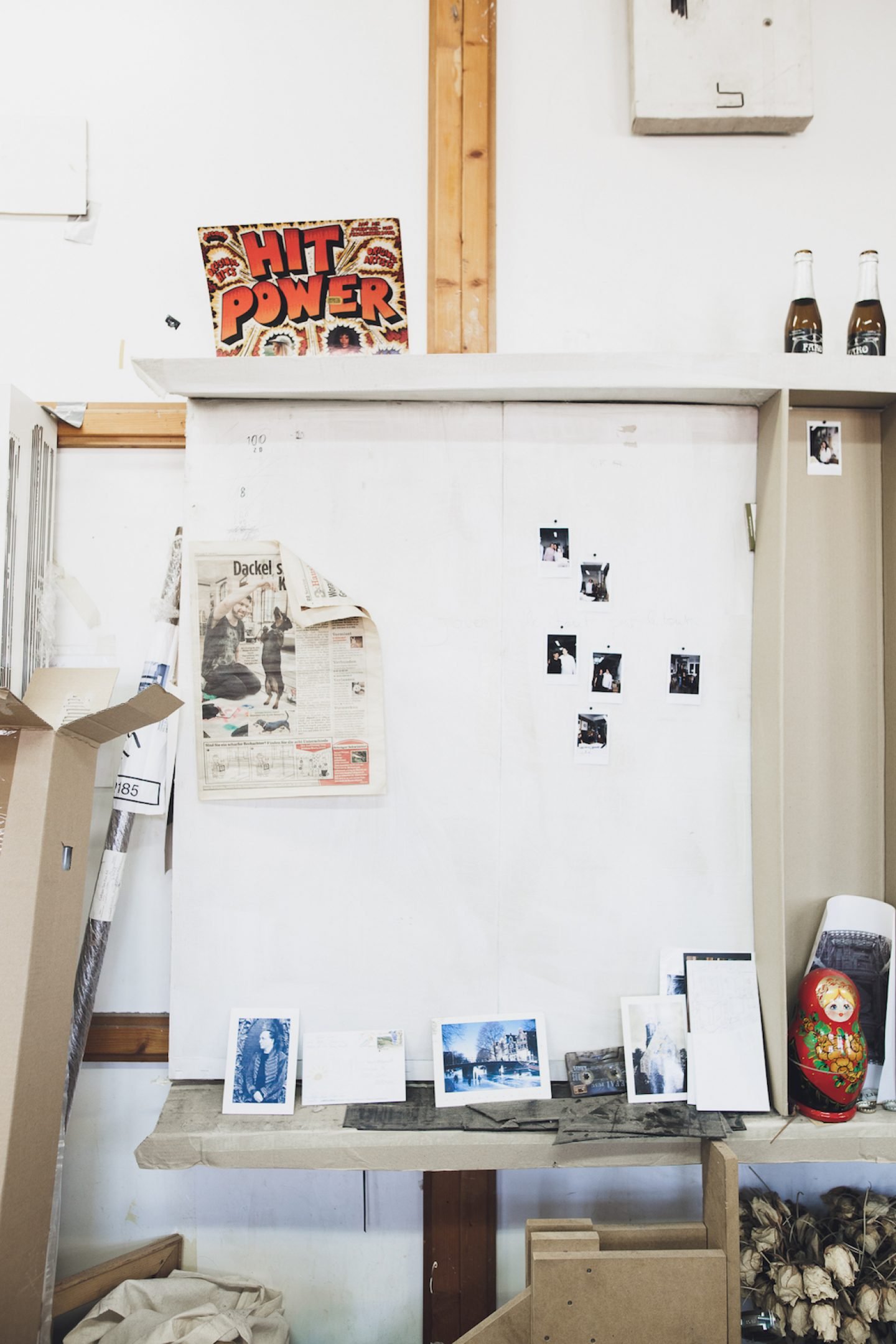
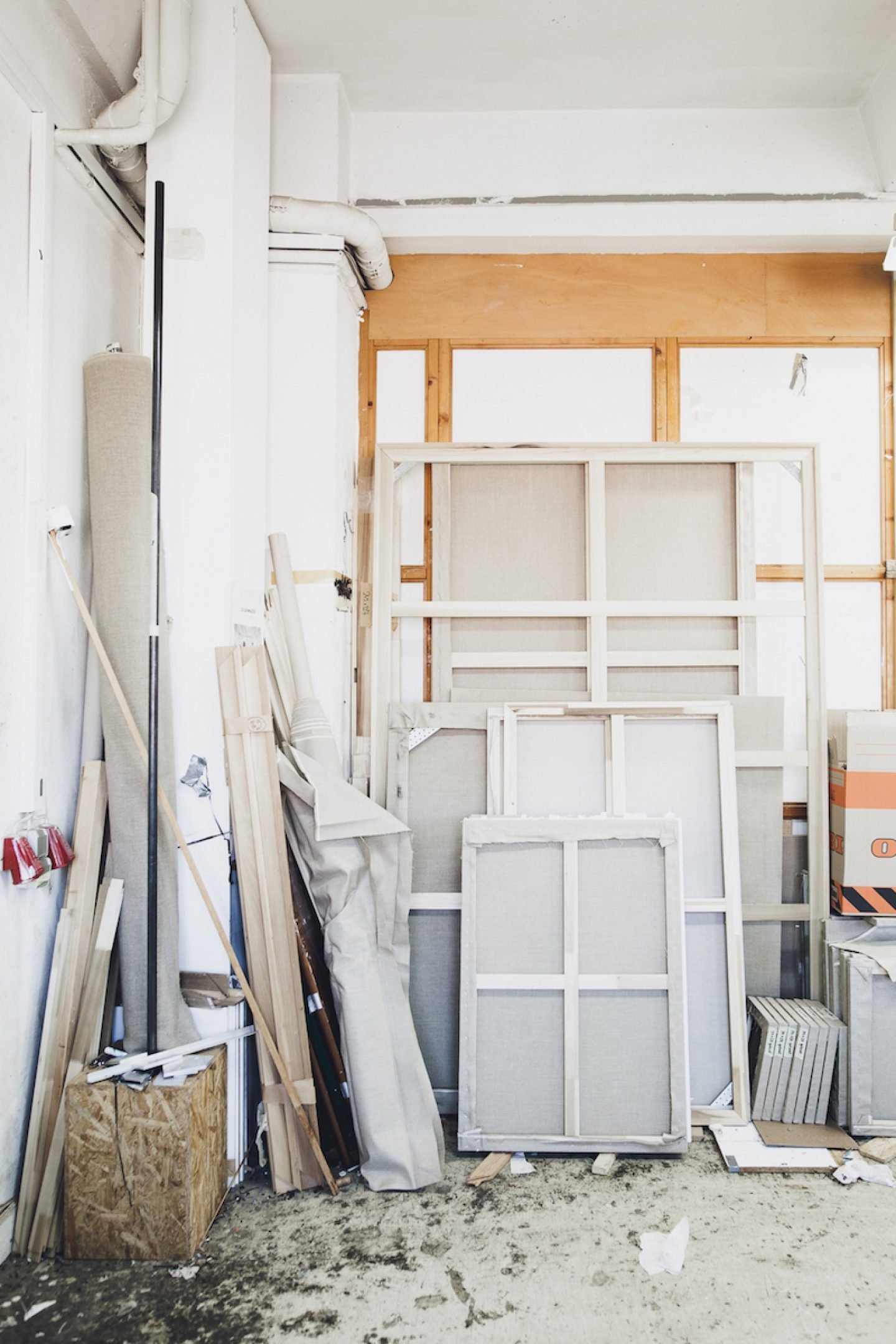
How did you first came up with the idea to only use old cassettes and videotapes for your art?
This has evolved over the course of my practice. I initially made sketchbooks accompanying the works I did during my studies in Mainz. These sketchbooks then quickly developed into concept books in which I collected things that were in thematically related to the work, in the sense of an appreciation for the image. That was back in 1997, when I was working on the image ‘Wie die Motten ans Licht’ (‘As The Moths To Light’), a 9-piece canvas work. I had the pictures hung on the wall so that moths would fly into the color at night. The only influence I had over them came in the form of canvas frames with rounded corners. The shape of the canvas came from a gold bar, and I used white lead to paint the canvas. And this is how I came up with the song ‘Falschgeld’ (‘Counterfeit Money’) by Einstürzende Neubauten. I saw a reference to the gold and white lead, because then the lyrics are, “und Blei und Blei und Blei” (“And lead and lead and lead”) [sings]. Anyway, I then wondered how I get the song into the book. In the late 1990s, it was still totally standard to make mixtapes and to give them away. Everyone had a tape recorder and listened to cassettes. I just recorded the song from CD to cassette, had the tape cut at the point where the song was over, pulled it out and into an envelope. Then I went with the tape from my home to eat something at the university’s cafeteria, to the library, and back to the studio. I somehow found it beautiful that I had the song literally carried around with me. Then I stuck it onto the pages in the sketchbook. I liked it so much that I did it again right away.
"Then I went with the tape from my home to eat something at the university’s cafeteria, to the library, and back to the studio. I somehow found it beautiful that I had the song literally carried around with me."
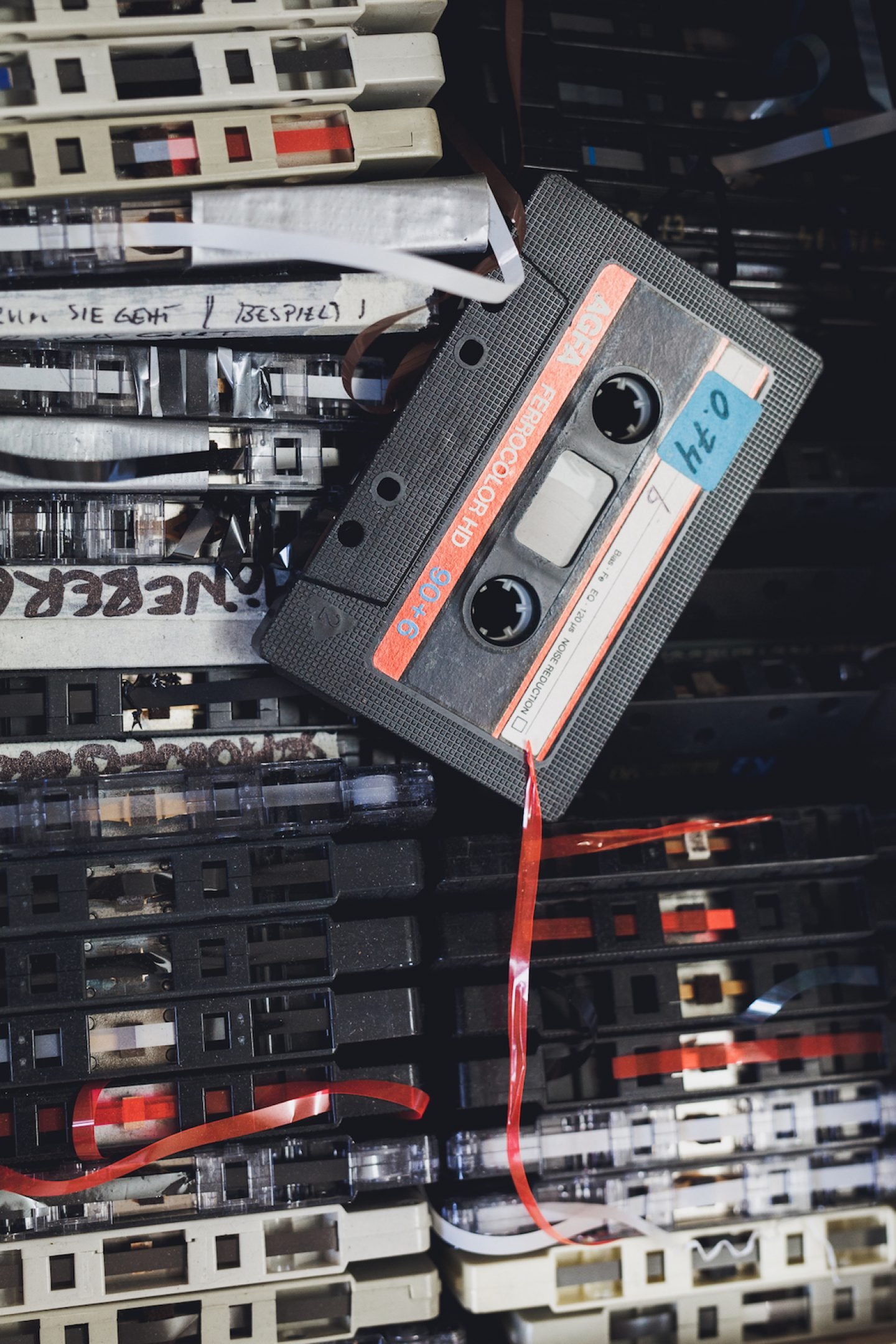
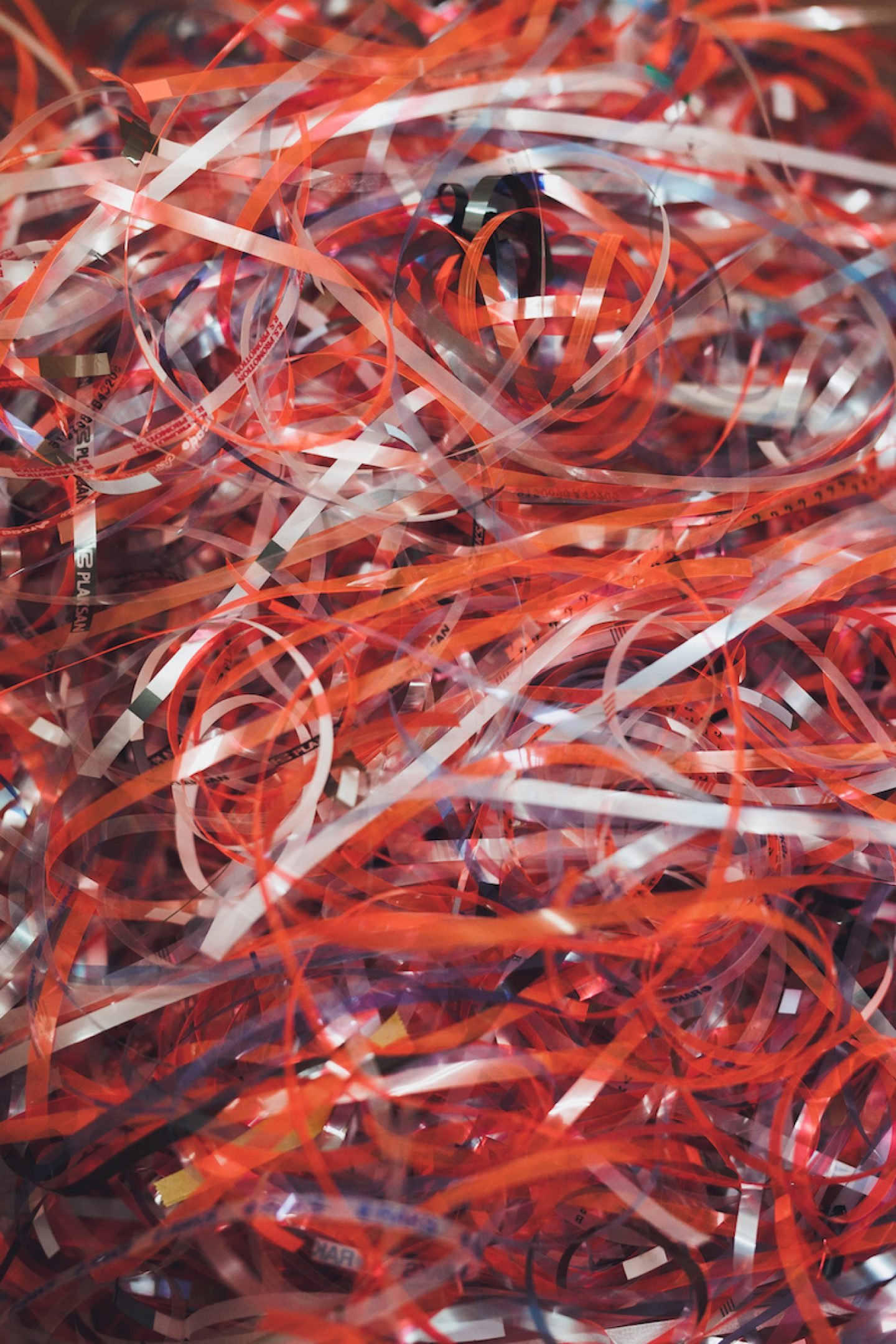
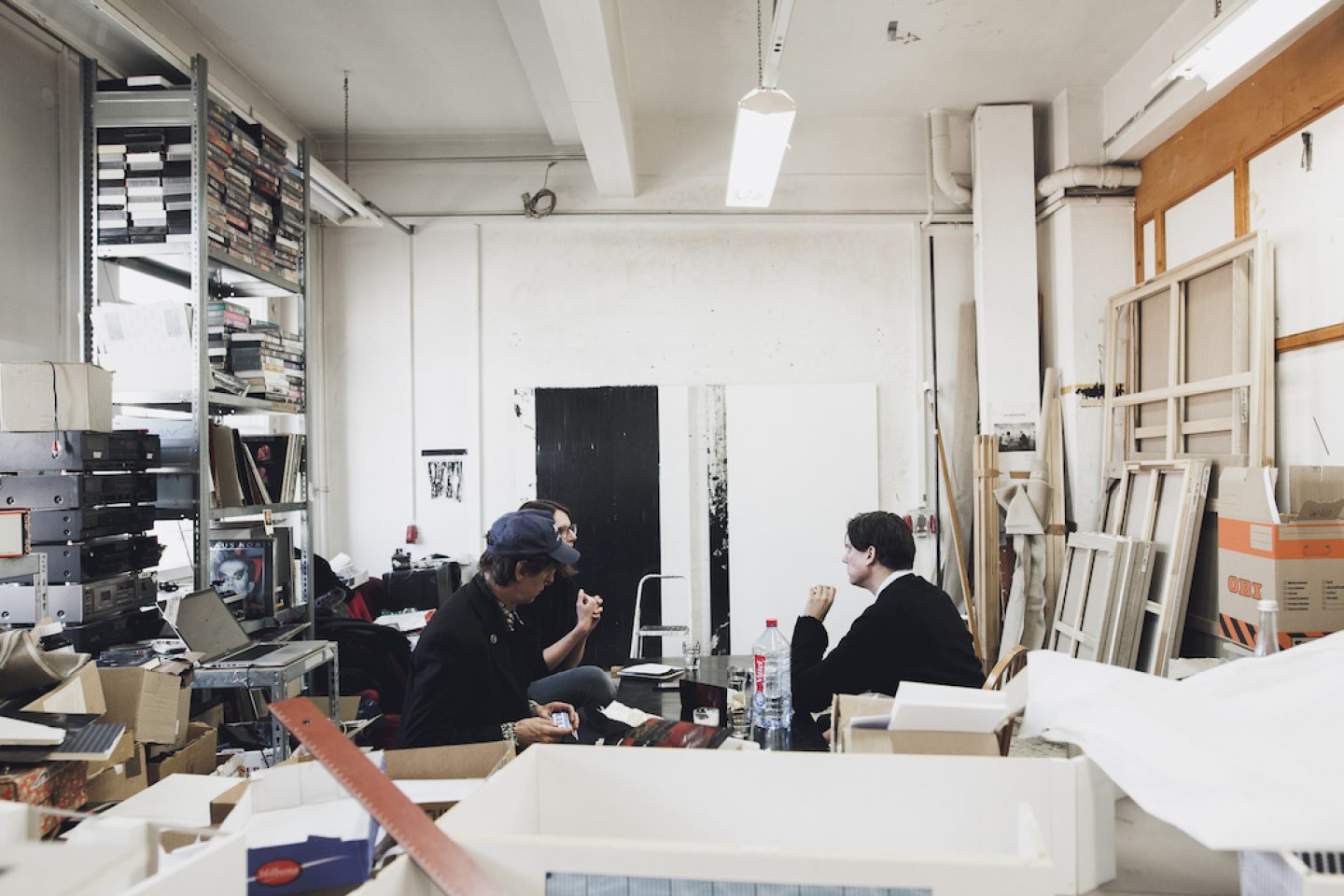
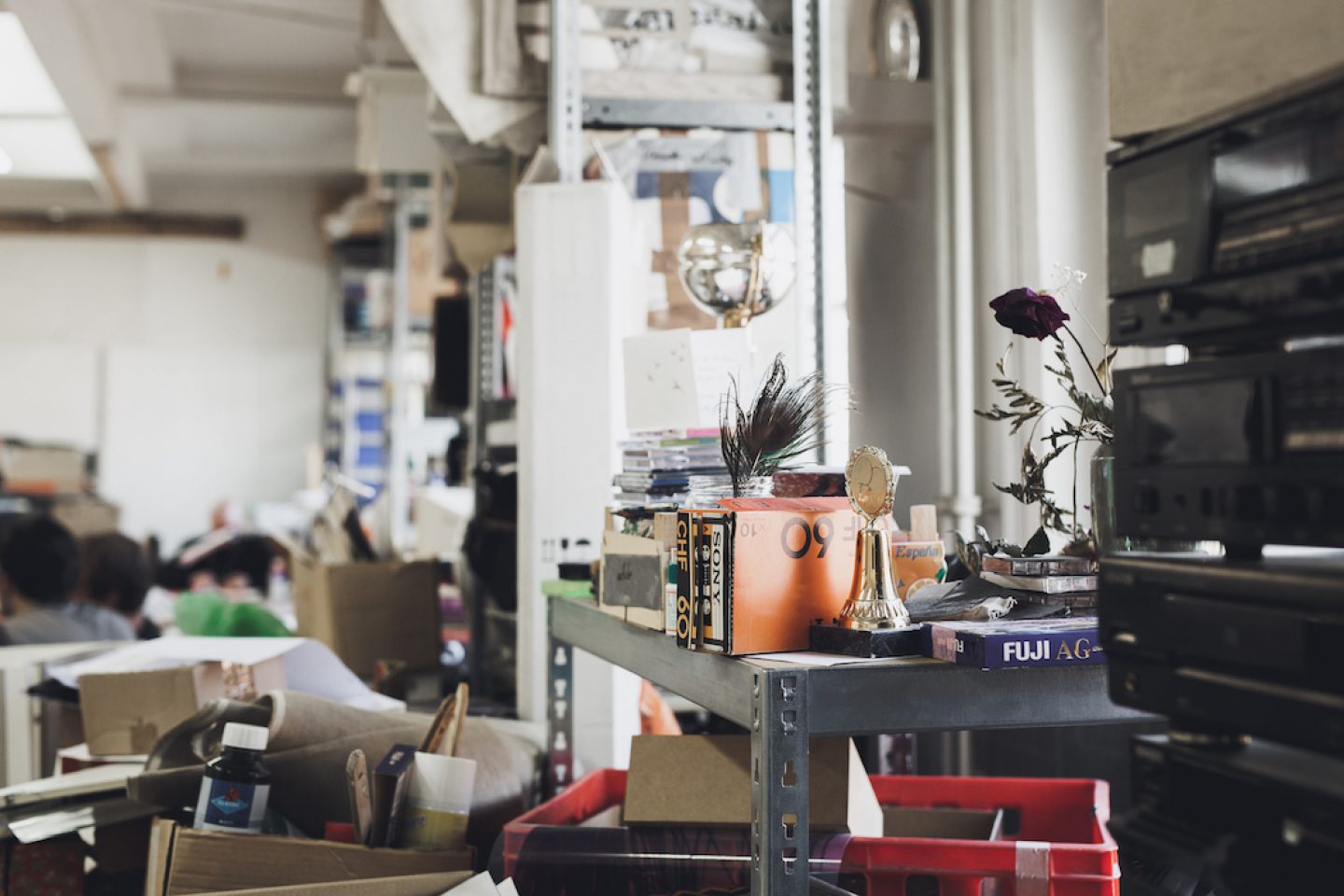
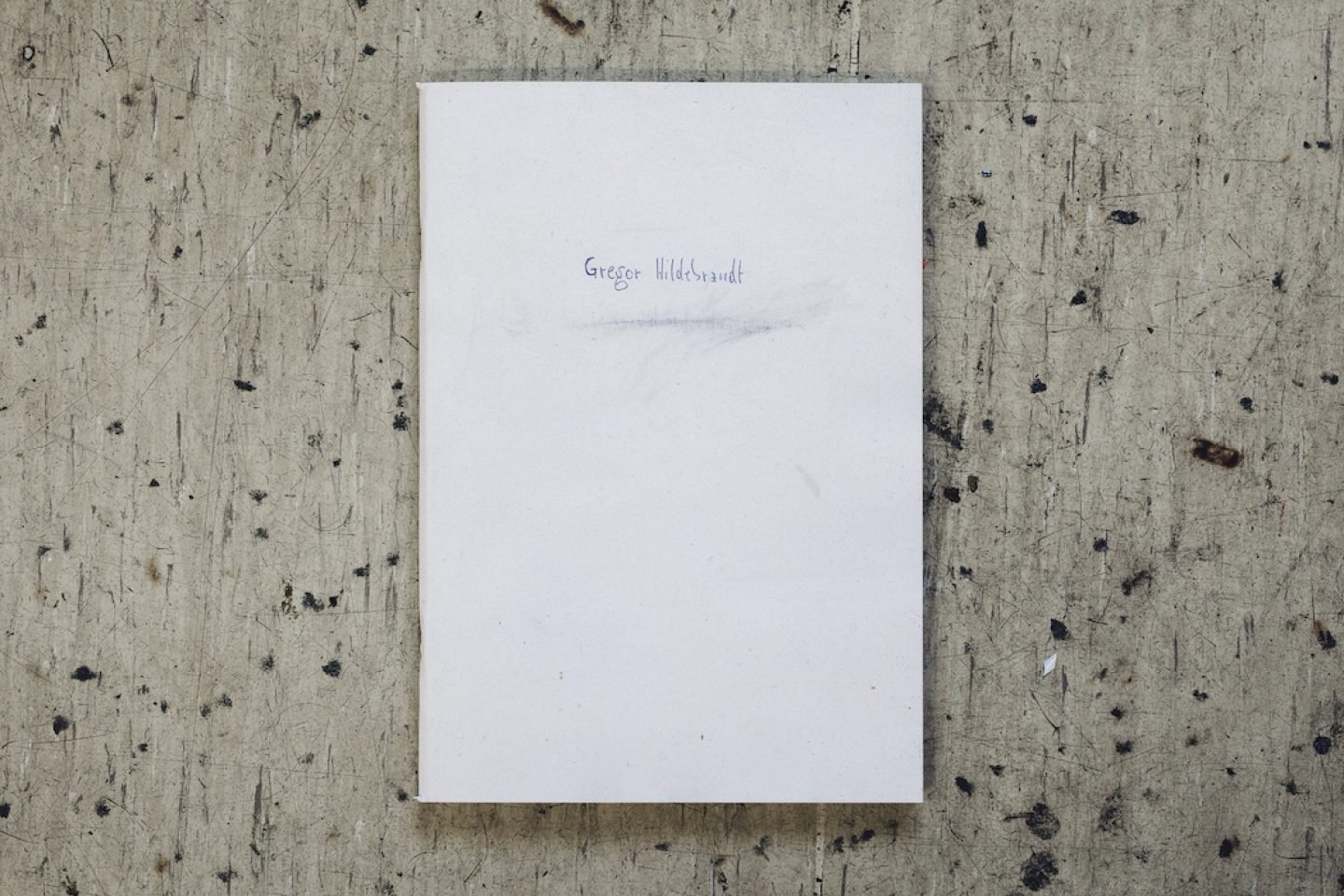
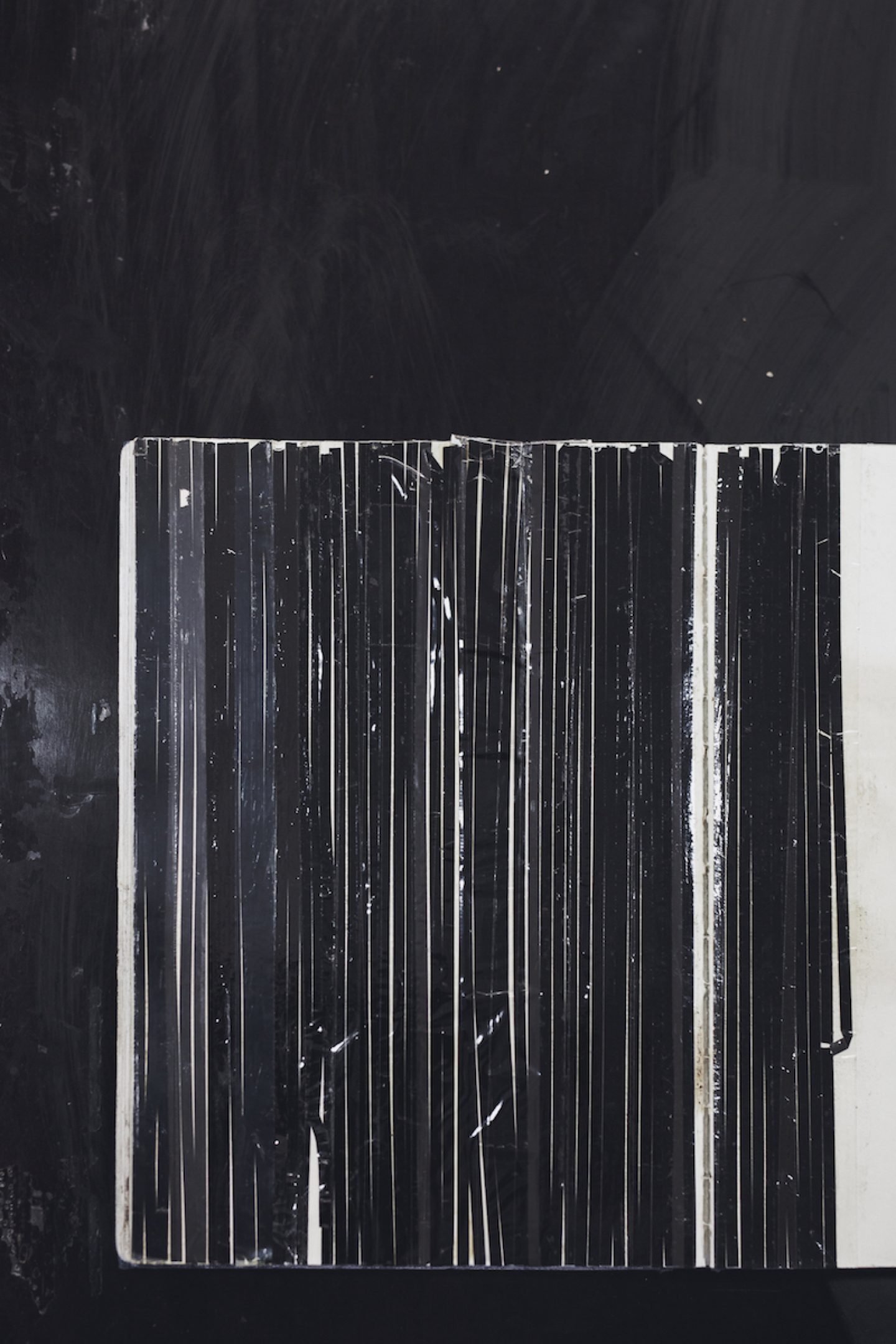
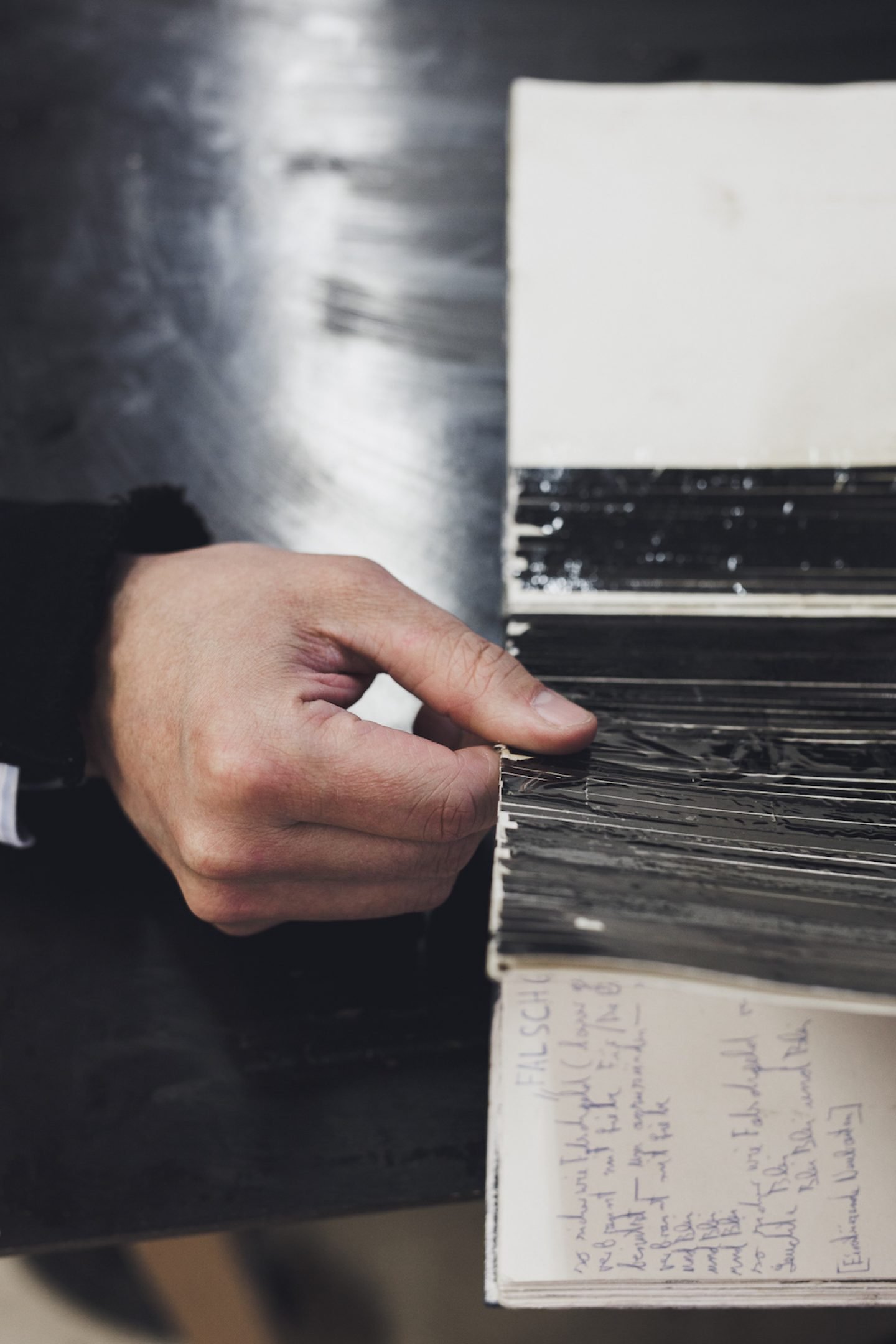
Your works are mostly created from audio and video tapes, as well as vinyls. What’s the process like behind your art practice?
“In the past, one created color from minerals and in the same way, music is also an incredibly precious material.”To me, the format of an artwork is always very important. For example, the lengths of my canvas frames are often 1.74 or 2.74 meters, because I was born in 1974. Or 1.19 meters, because that’s my zip code. The number 29 also shows up quite often, since my birthday is on August 29th.
The beginning is then, like in this case for example [points at a work in progress on the studio’s wall], a photo that my sister had sent me for New Year’s. I then printed out the photo at the same size as the frames. One of the two canvases was then covered with adhesive tape, before the black and white print was added on. Everything in the image that is supposed to be white is then cut out. Then it is fixed with the fixative on the places where it shouldn’t stick. Then everything is removed and the magnetic coated side of the cassette tape is applied. A cassette tape has two sides. One is the film, the carrier, and the other is the magnetic coating, where the record is on. If one removes the tape, the coating remains on the spots where it sticks and these spaces on the film are then transparent. It thereby forms this picturesque structure. But one never knows how the tape will react, which is why all tapes need to be tested beforehand. It’s almost like it is with paint. In the past, one created color from minerals and in the same way, music is also an incredibly precious material.
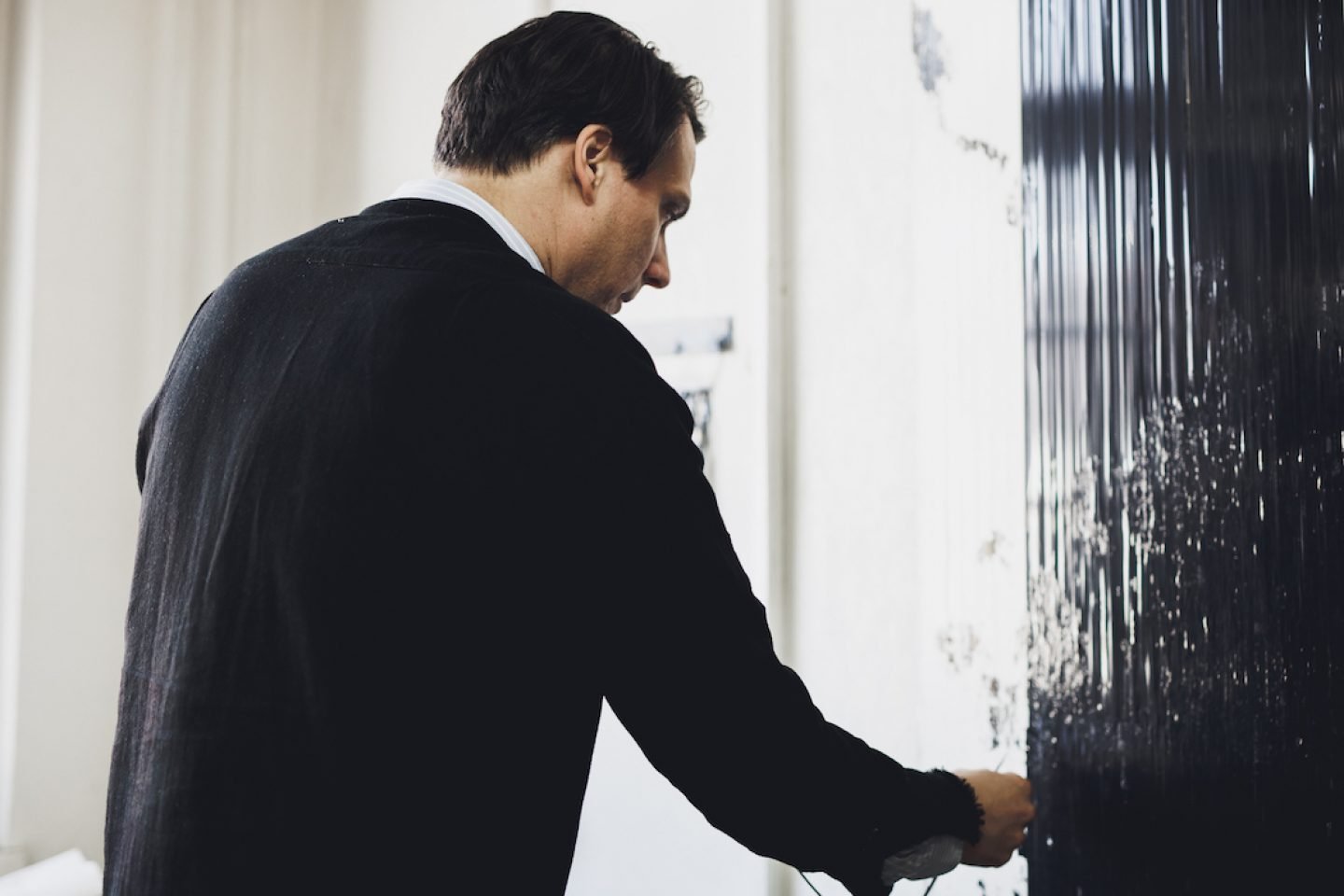
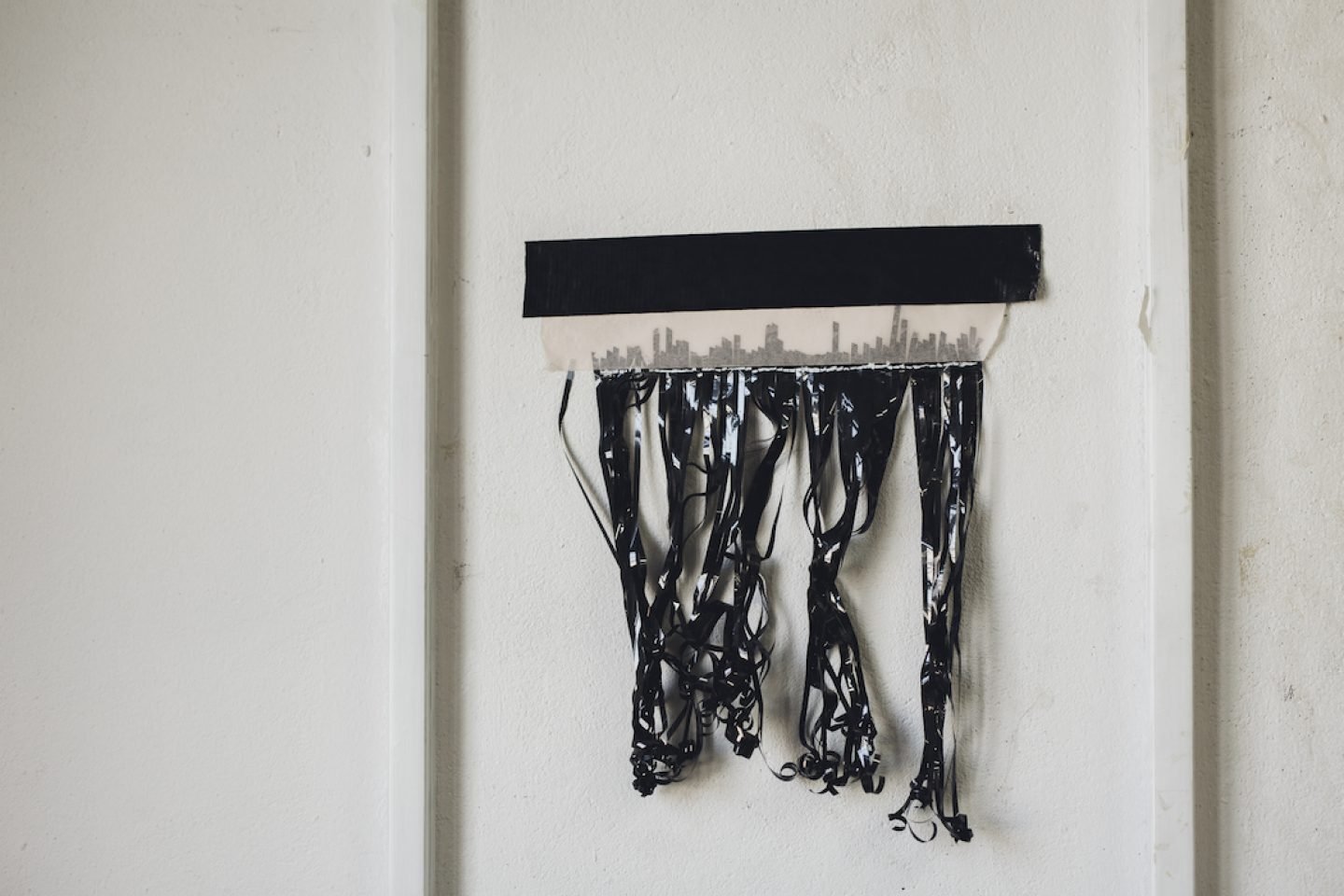
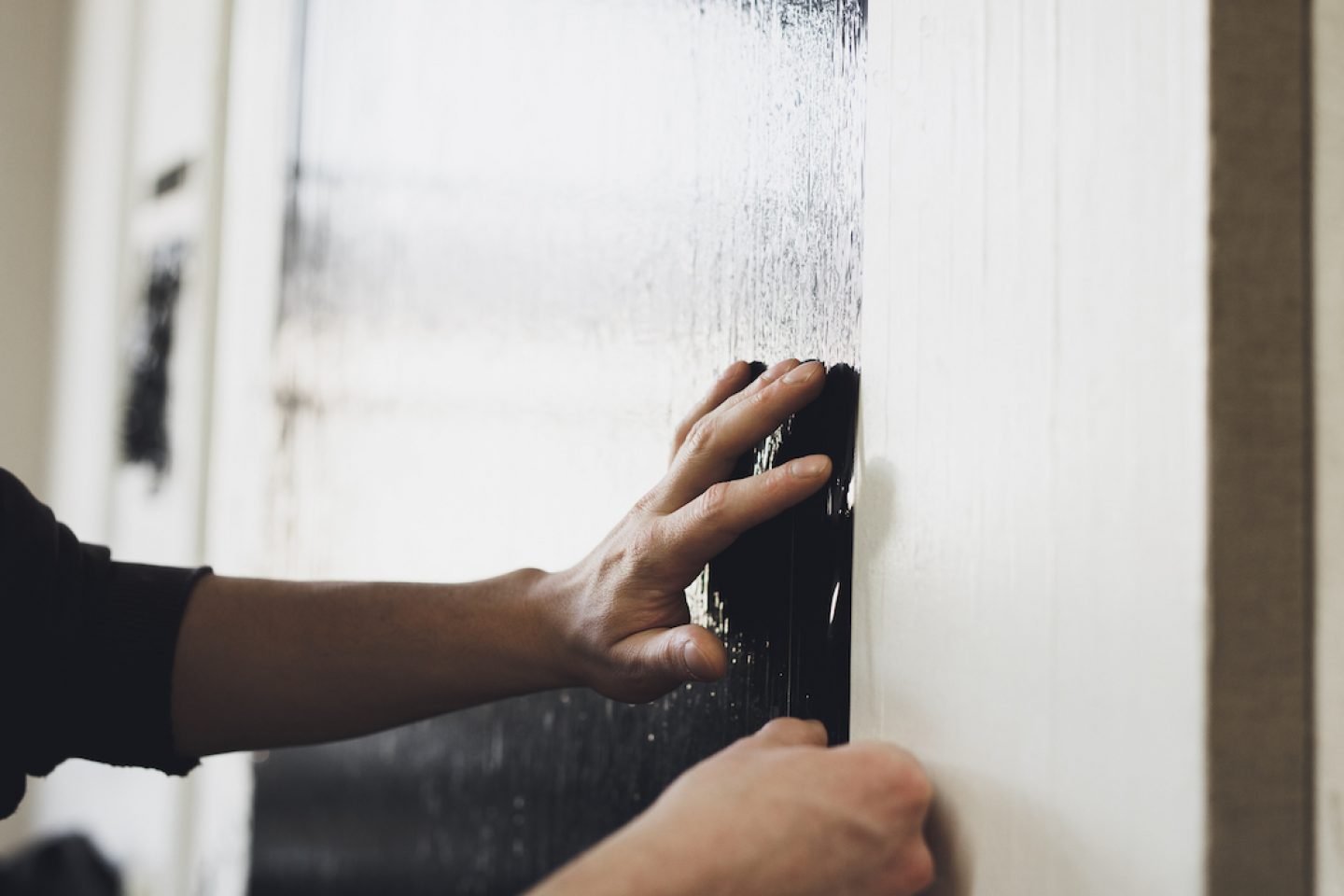
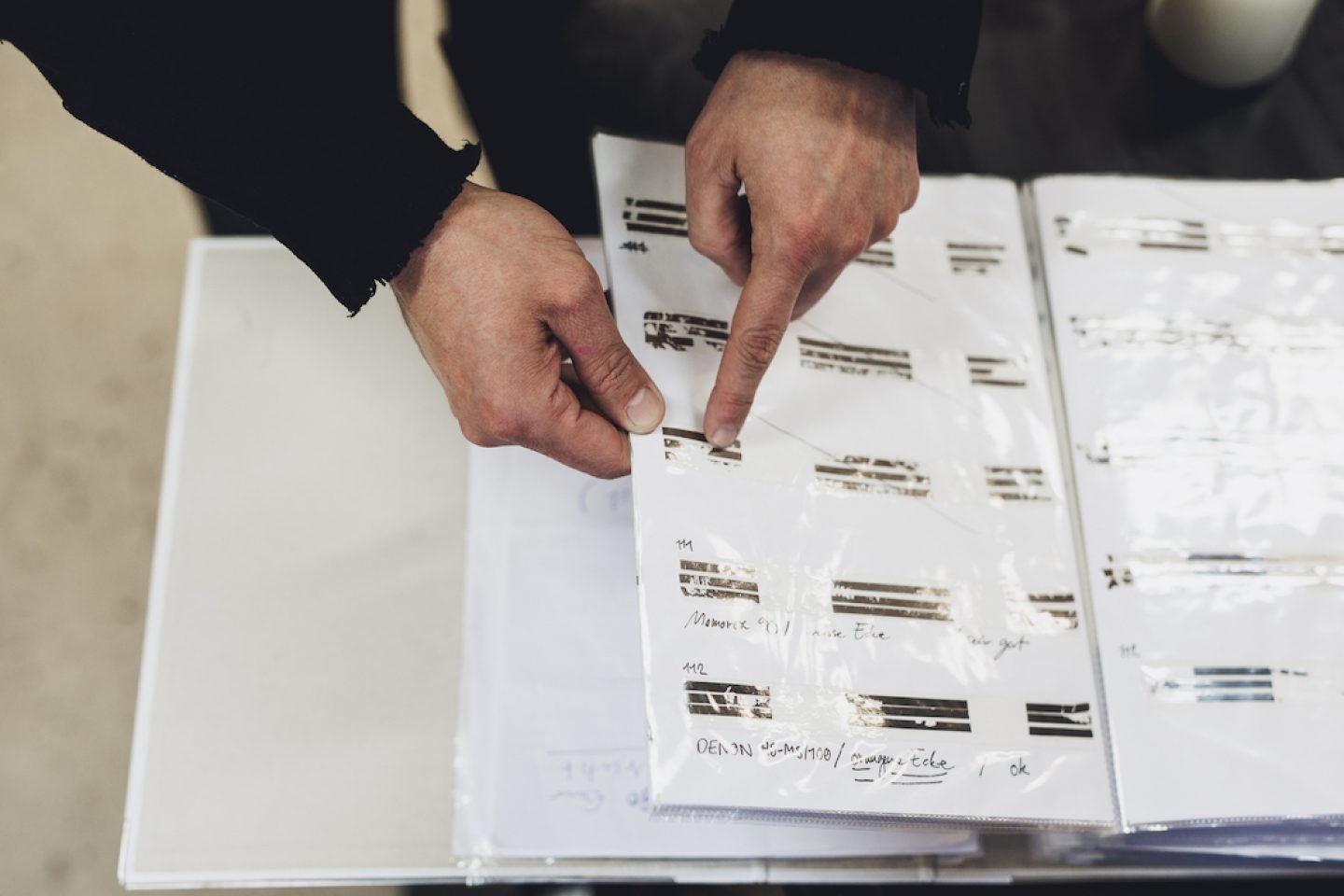
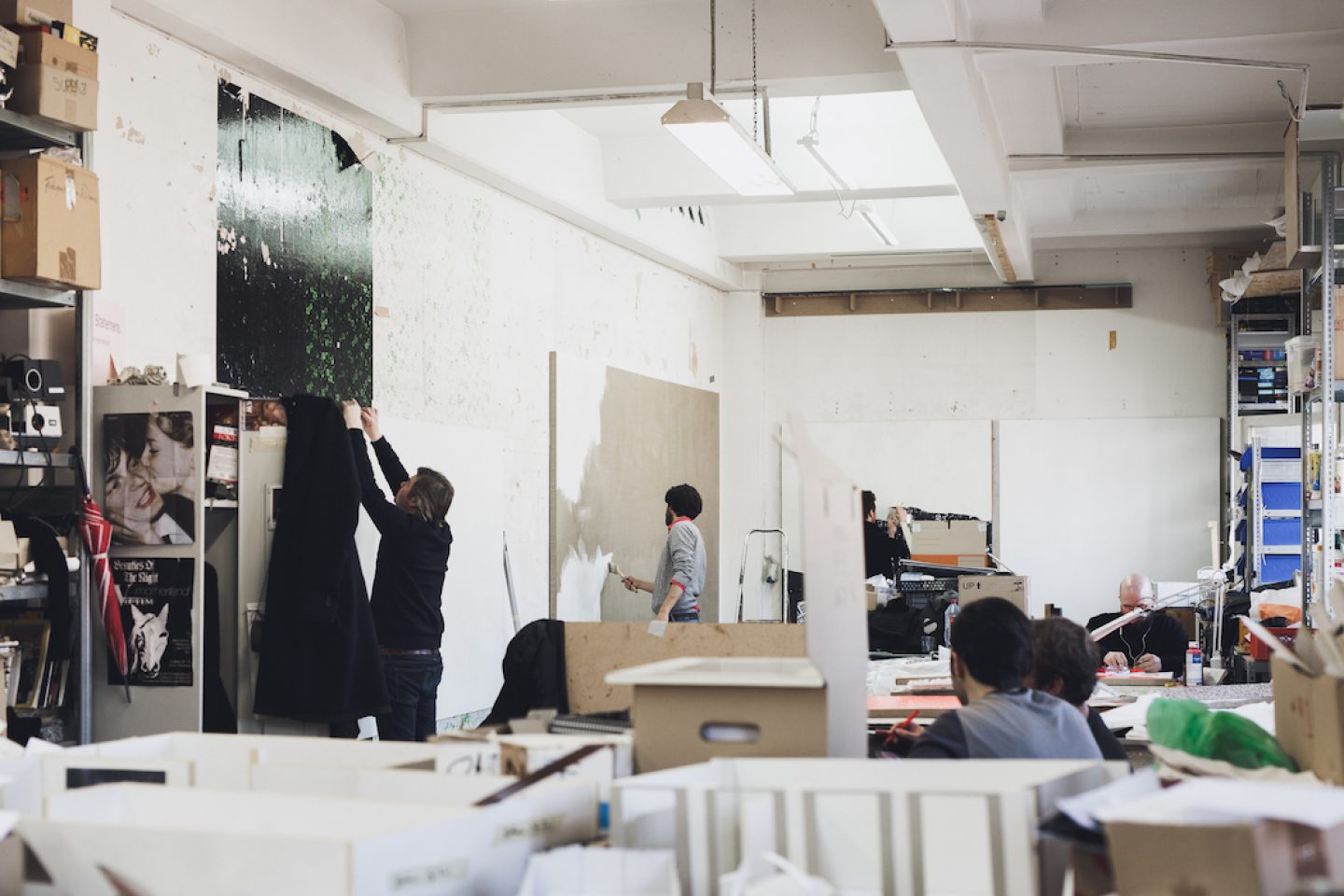
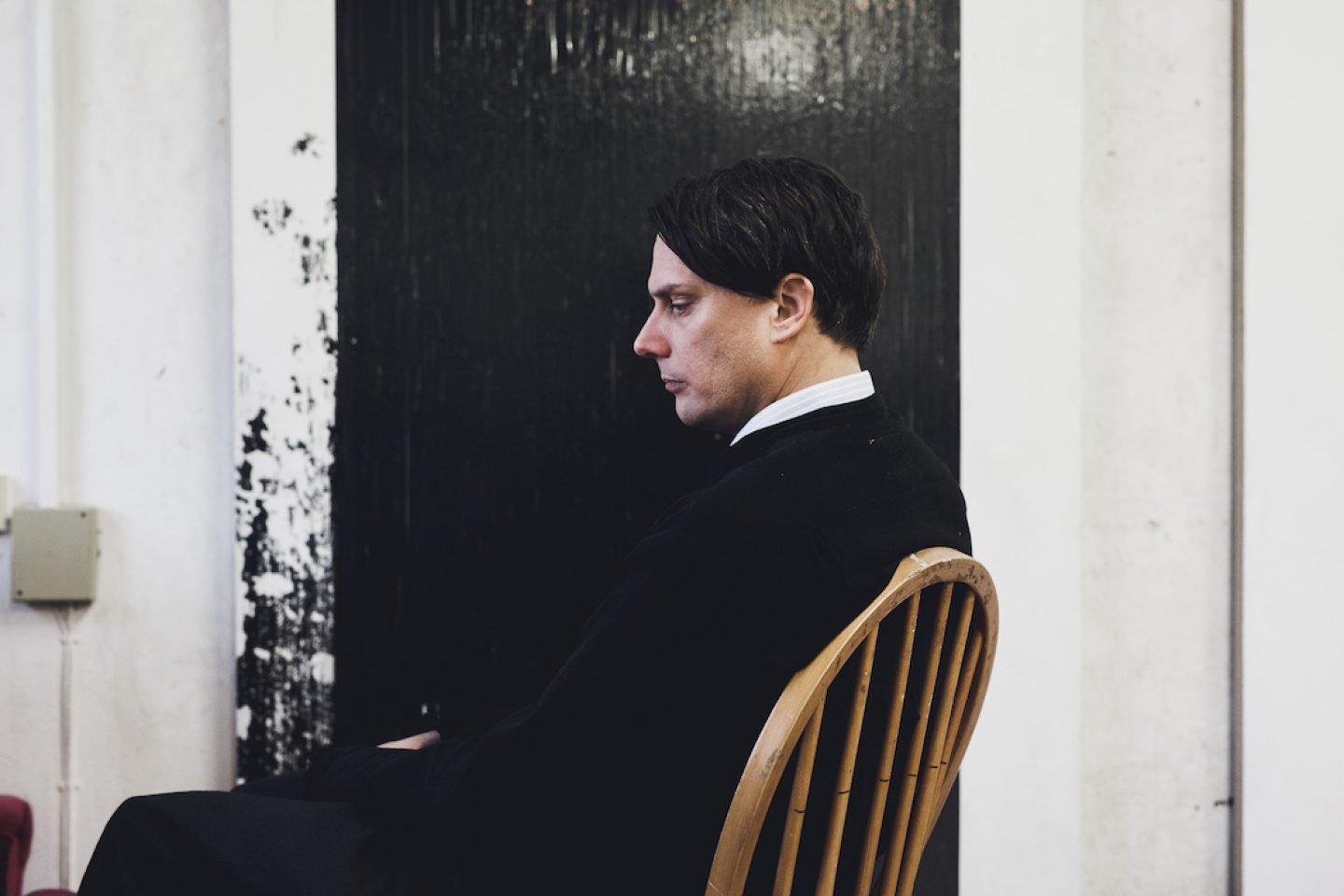
Where do you get the inspiration for your work?
In this case, it was a photo. But for example, there is also a whole series I did inspired by the book covers from Insel-Verlag: for example, ‘Traumnovelle’ (‘Dream Story’) by Arthur Schnitzler, which was indeed the model for the movie ‘Eyes Wide Shut’ by Stanley Kubrick. As the book cover was already created with a canvas-like fabric, it was obvious to me to create an artwork that would also have the original color and texture of the canvas and to use the tape with ‘Eyes Wide Shut’ on it for the black in the image. Lately, the tapes are also recorded with poetry.
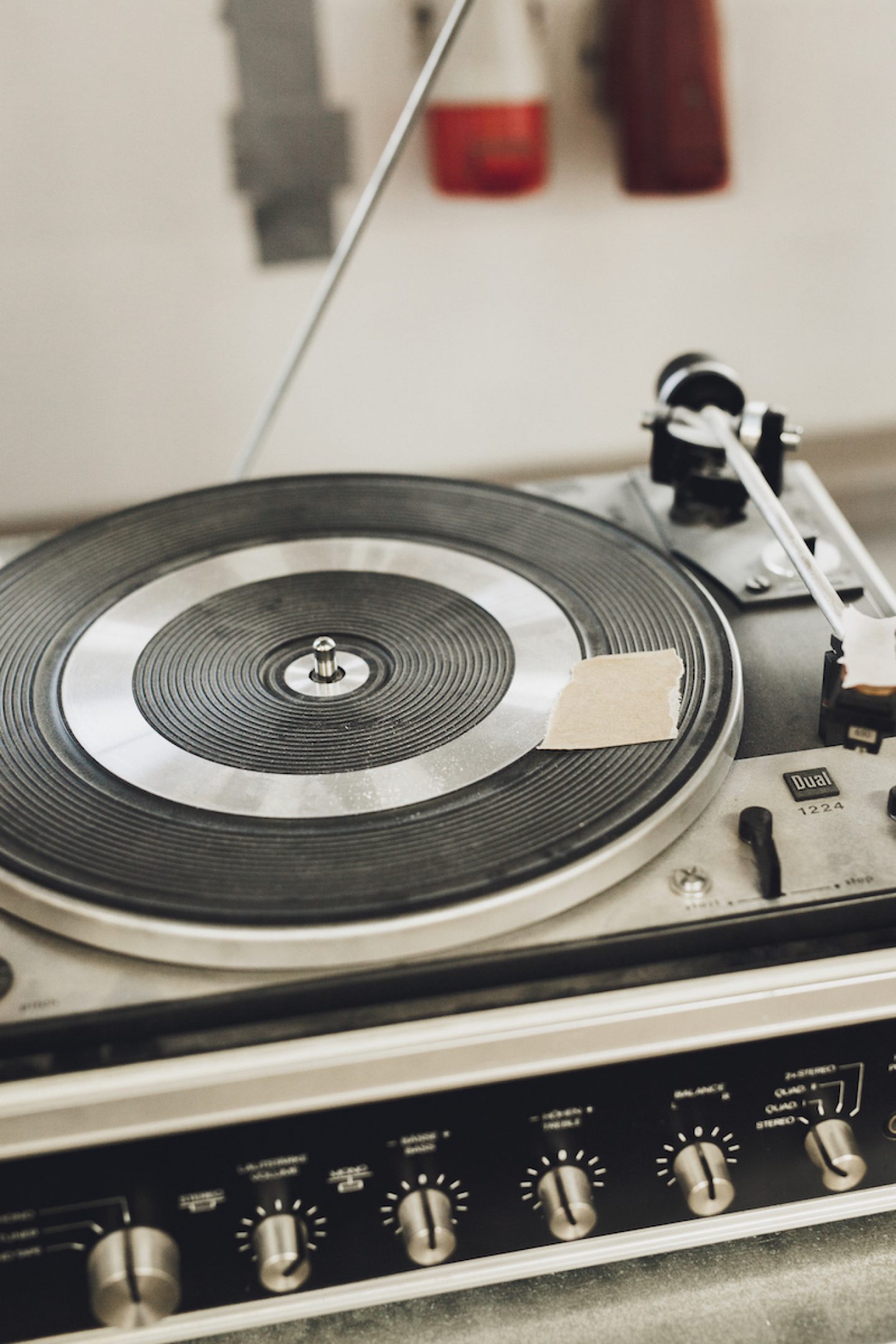
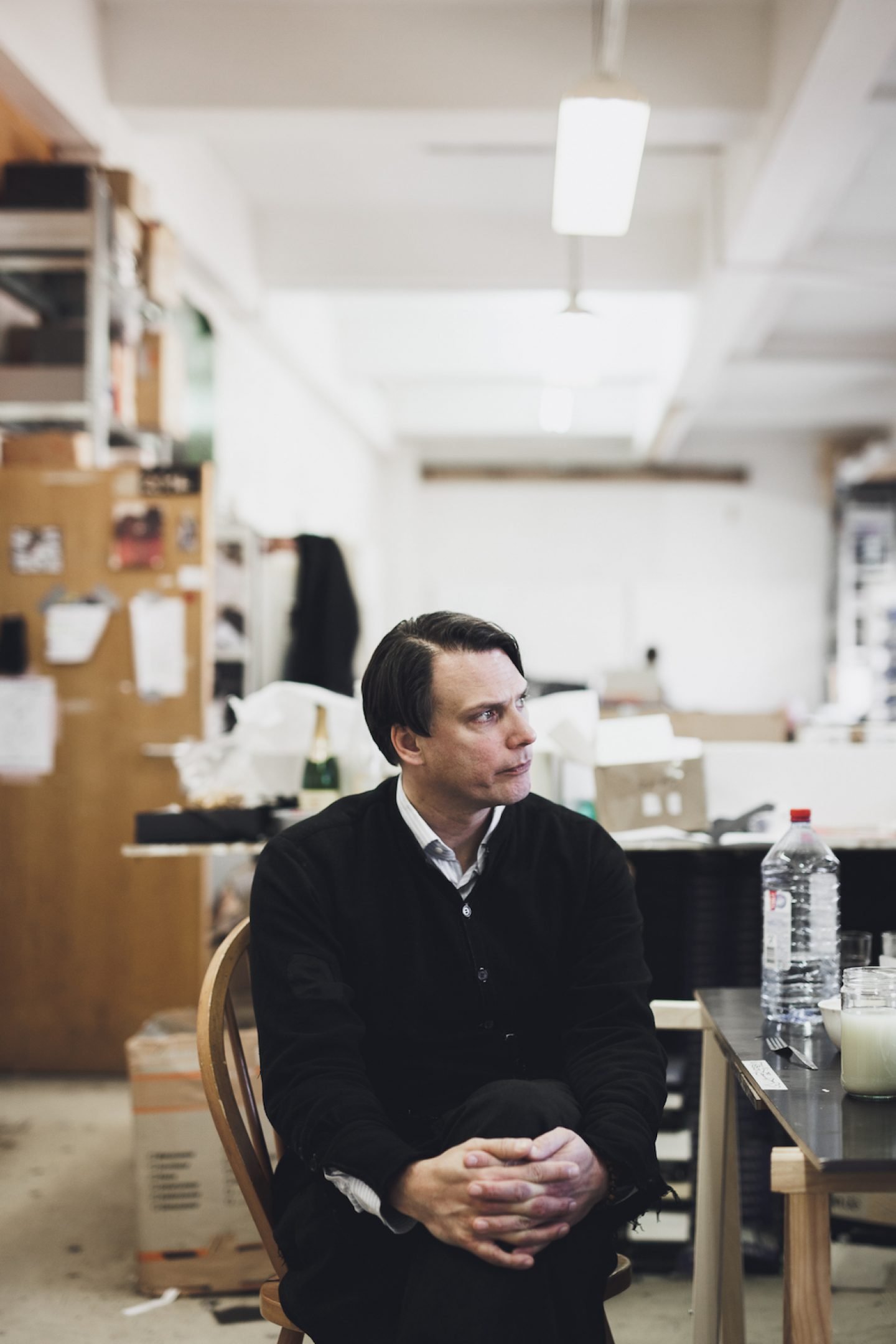
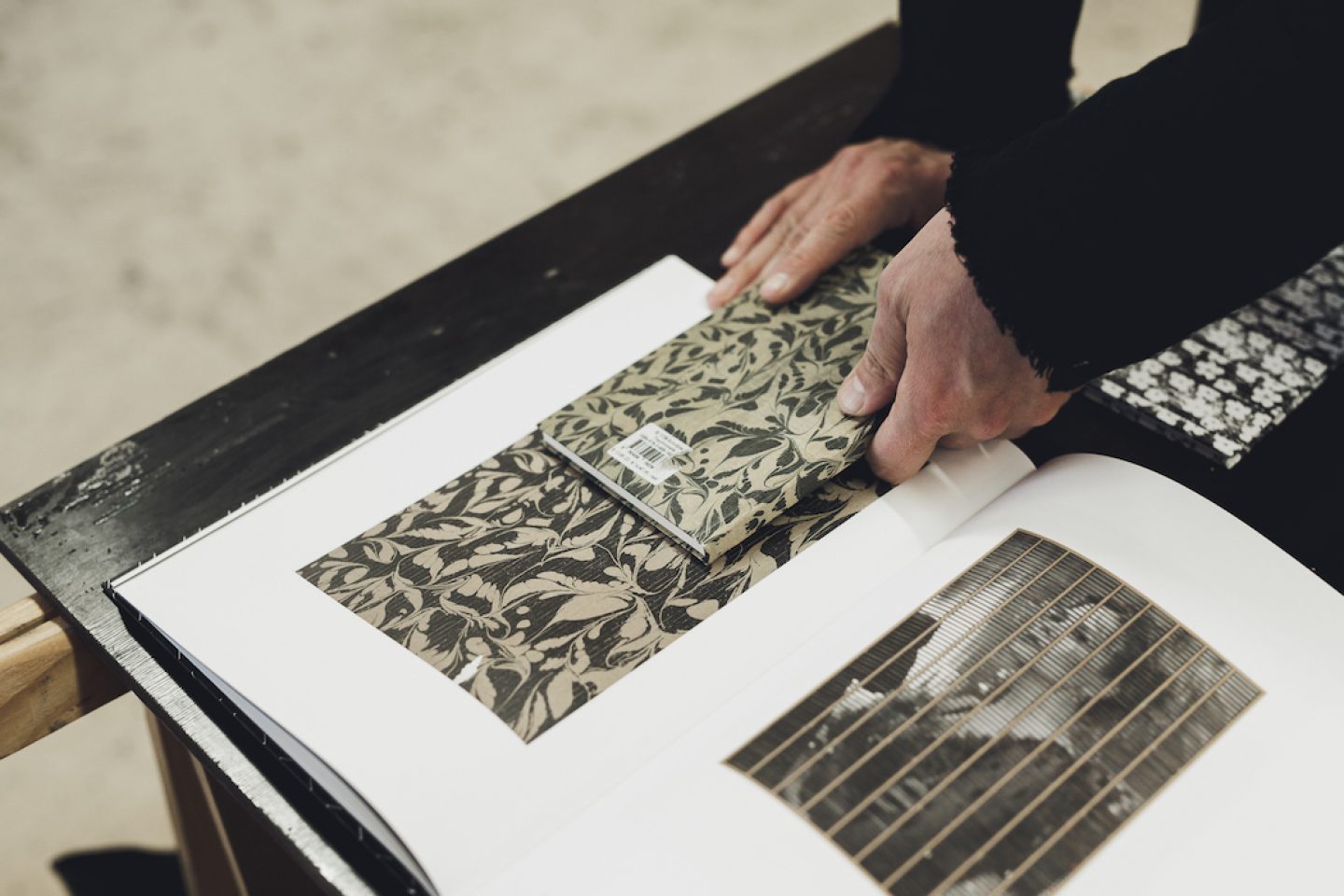
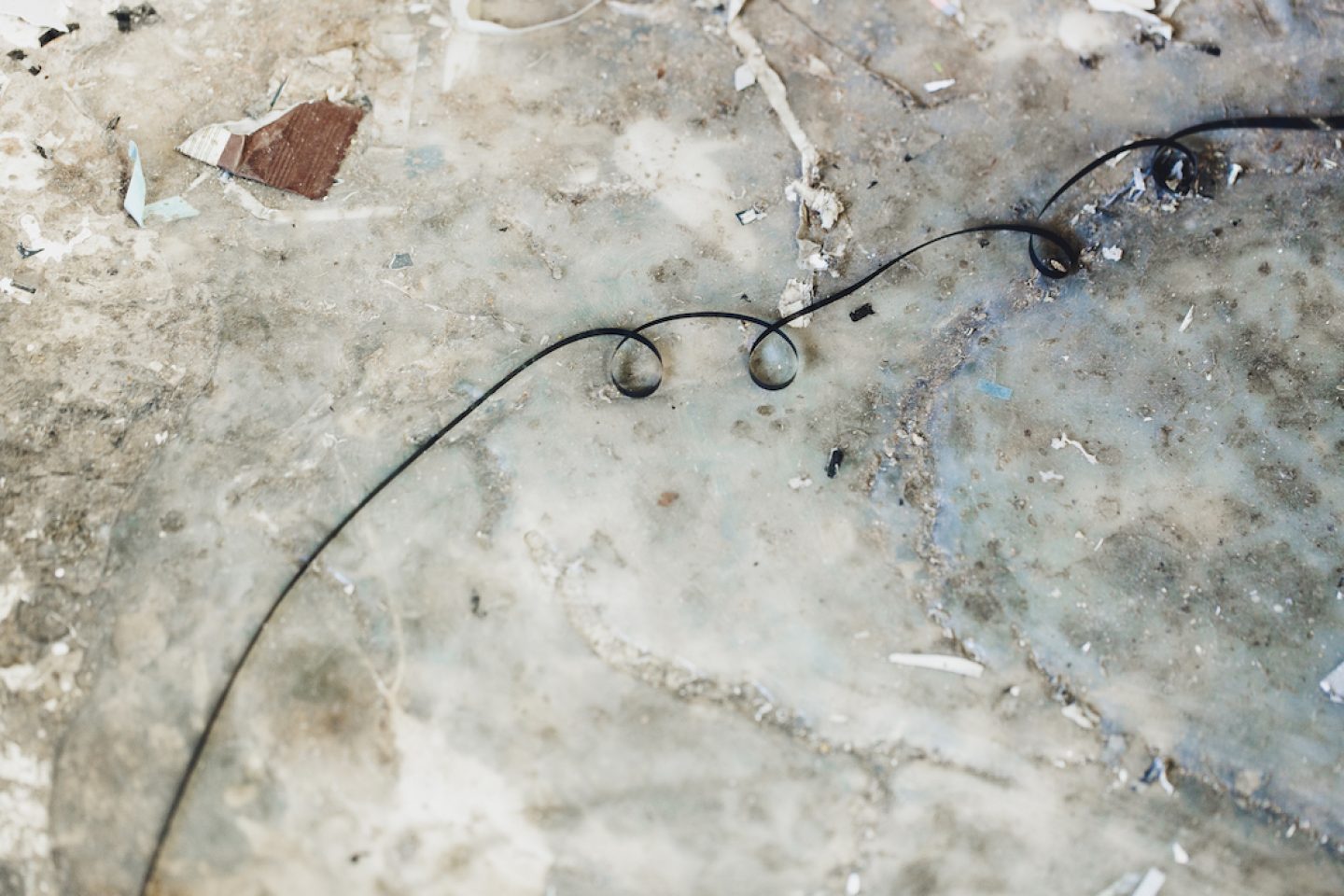
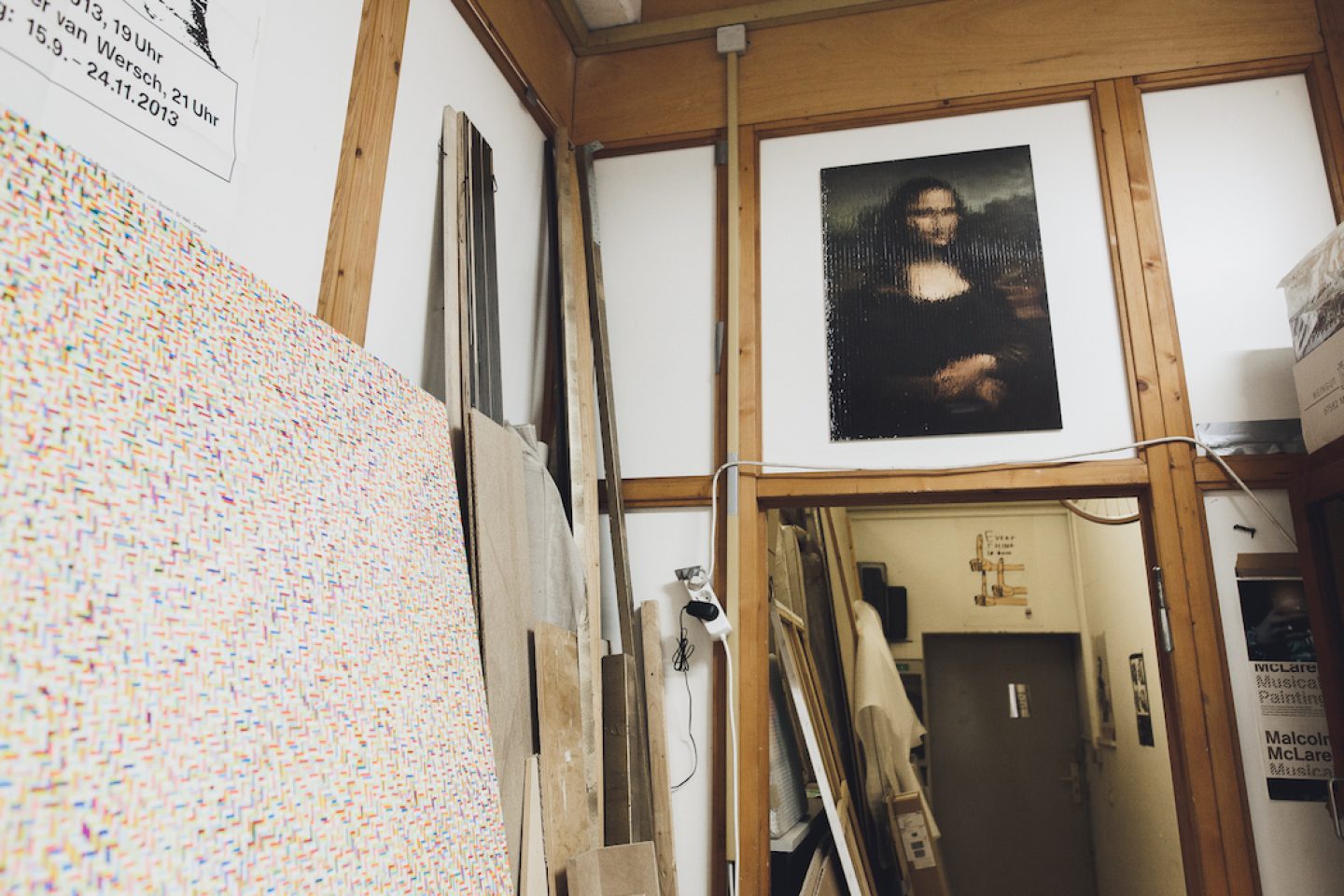
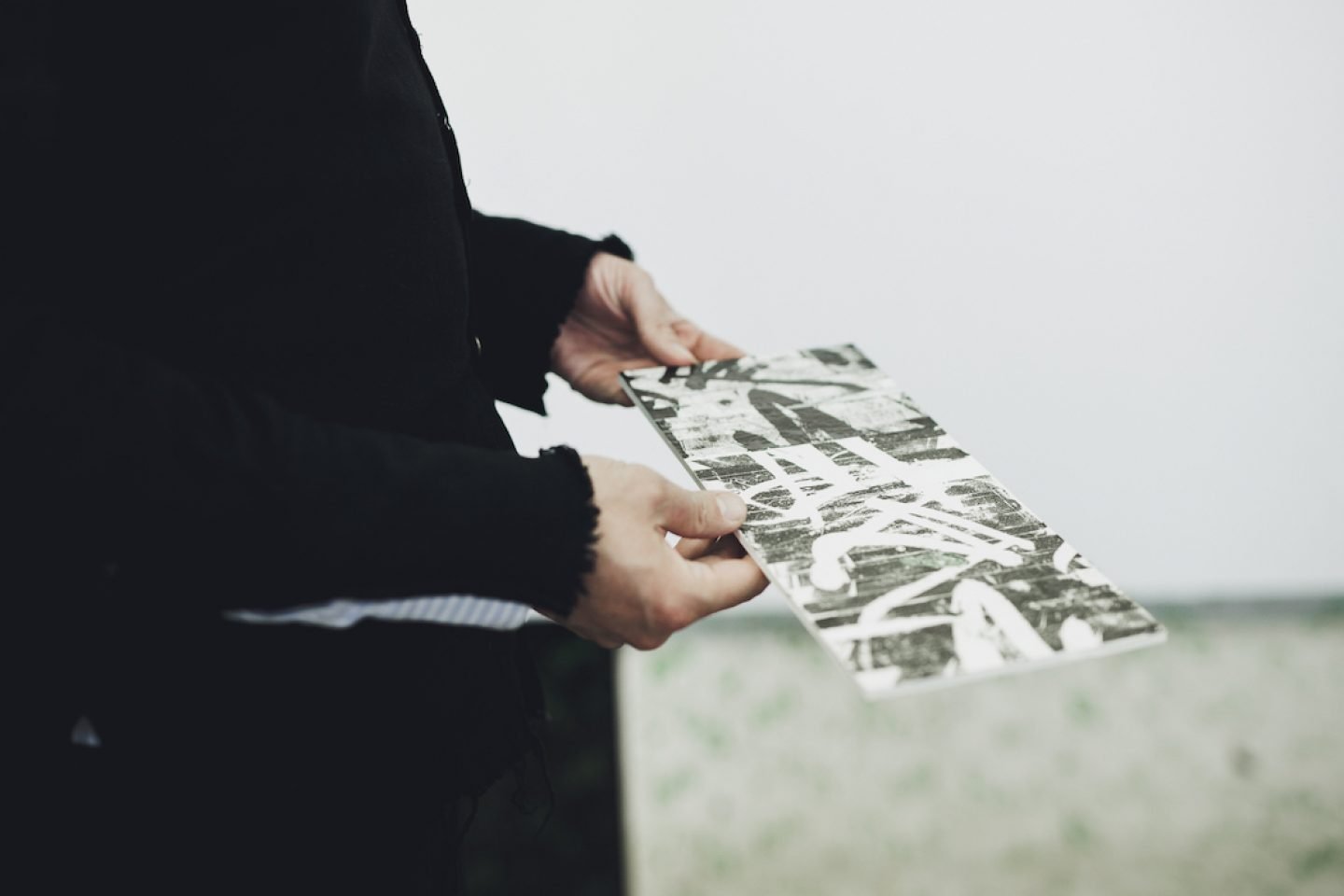
What themes do you explore in your work?
It’s always different. The last major theme was the myth of Orpheus. I made three exhibitions inspired by it. The first was in Brussels in 2013. The invitation card already served as an introduction to my exhibition. It showed a photo of Maria Casarès and Jean Marais in the Orpheus film by Cocteau. Then I added three elements onto the film still, which I myself cut out and glued to make it look as if it comes out like a speech bubble. These were taken from a painting by René Daniëls, which I had reconstructed one to one for the exhibition. I then recorded the cassette tape with ‘La Quête’ by Jacques Brel [a cover of ‘The Impossible Dream’ by Mitch Leigh]. I always liked the black and white version of Daniel’s painting in the catalogue from Documenta IX from 1992 and so this was also the principle on which I based my whole exhibition. For this, I covered the walls with video tape and hung the images in the niches. The painting made after Daniëls was hung, so that the picture virtually repeated itself within in the picture, as a sort of mise en abîme. The video tape wall curtain was then recorded with the film Orpheus.
SELECTED WORKS BY GREGOR HILDEBRANDT
You’re currently preparing your new exhibition. Can you let us in on what to expect?
The new exhibition is titled ‘Urlaub im Urban’. The catalogue will be published by Stroemfeld Verlag. Its cover is a vinyl record that has been cut, so that you can only listen to one of the songs. It consists of a musical adaptation of a poem, ‘In Jade stände eine Stadt’, which was written by Alexander Losse and read by myself. I used this songs as well for the invitation card of my eponymous exhibition at Wentrup gallery in 2013, which was a flexi disc. For this show, I made a series of four paintings. The cassette tapes were recorded with this song and each painting was titled after one single verse: “Wie einem, der Gewissheit hat”, “in Jade stände eine Stadt”, “verpufft ein Traum der Träume stört”, “Schlaf ist Zeit, die dir gehört”. [recites poem] For me, the invitation card is always really important. The invitation card for the exhibition at Bethanien shows a floor installation. It should be placed in the middle of the room, just like the pool of water in a Pompeian Domus because that’s my personal Babylon, a work in which thousands of voices melt. To create the floor, the cassettes were rotated until they reached the radius of a vinyl. They were then cut with laser cutters and cast in epoxy. Each vinyl consists of approximately 70 cassettes and for the flooring we needed about 80 records. The production costs were therefore very high. I’m very excited about it all, which is why the flooring is also the invitation card.
"The parquet should be placed in the middle of the room, just like the pool of water in a Pompeian Domus because that's my personal Babylon."
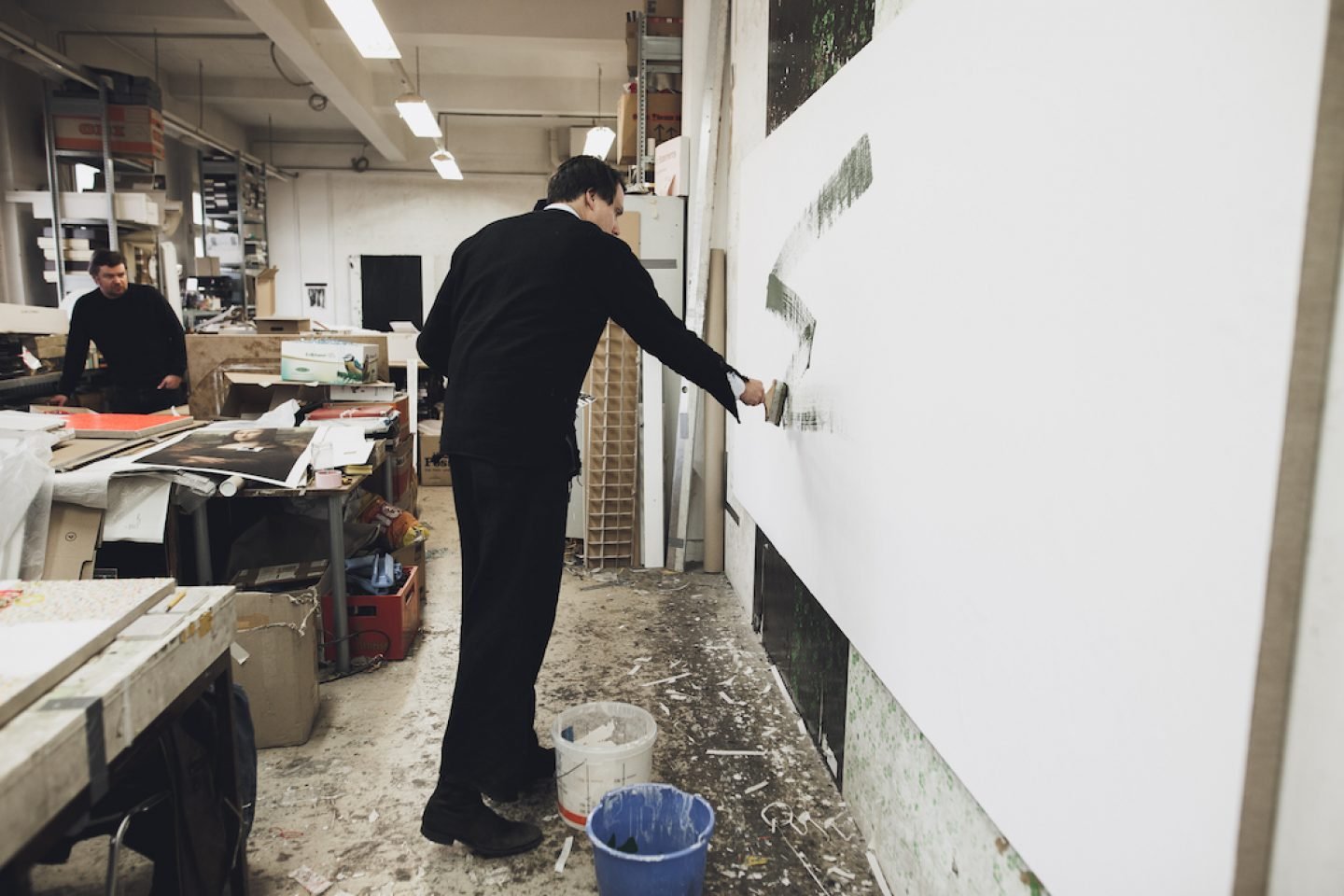
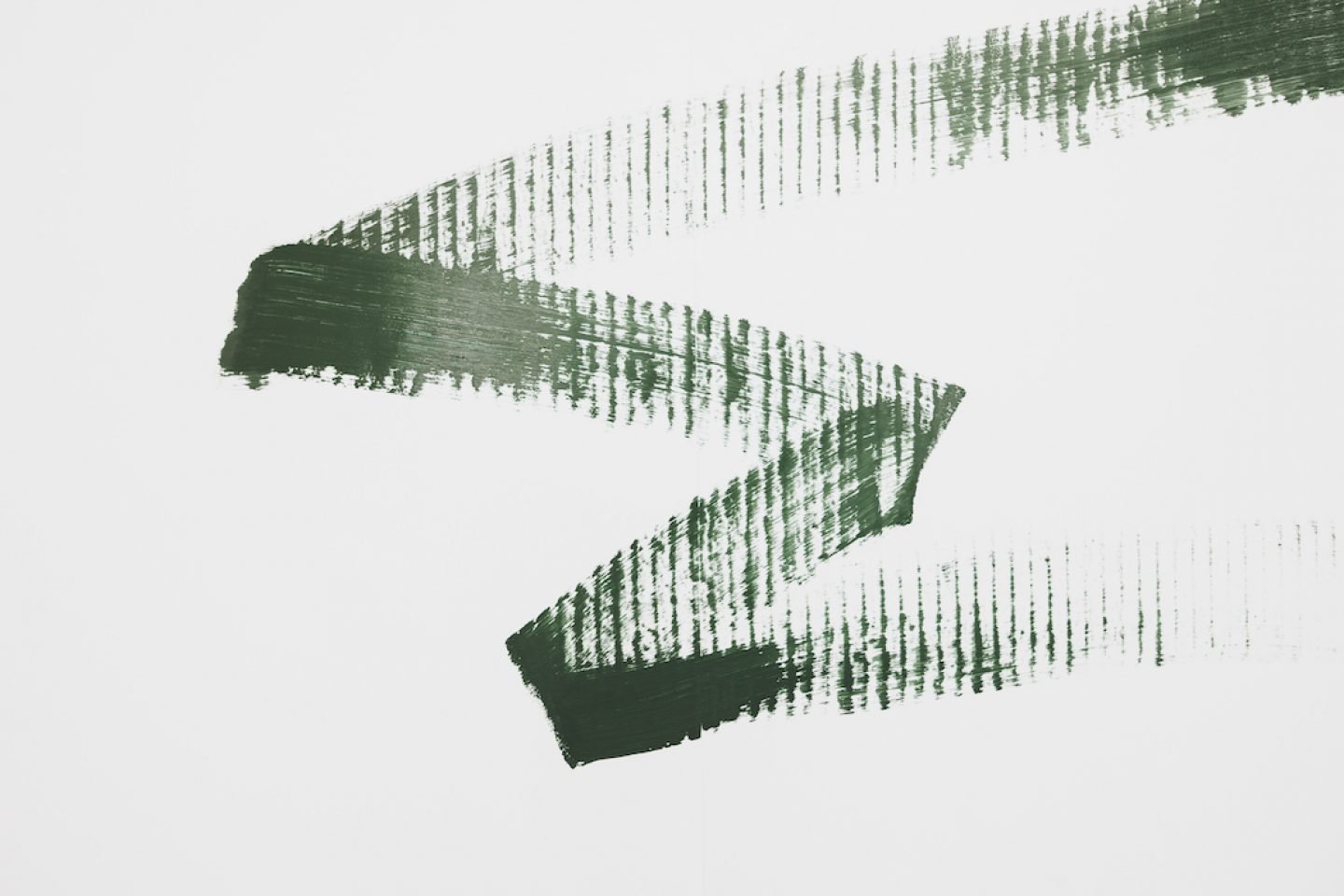
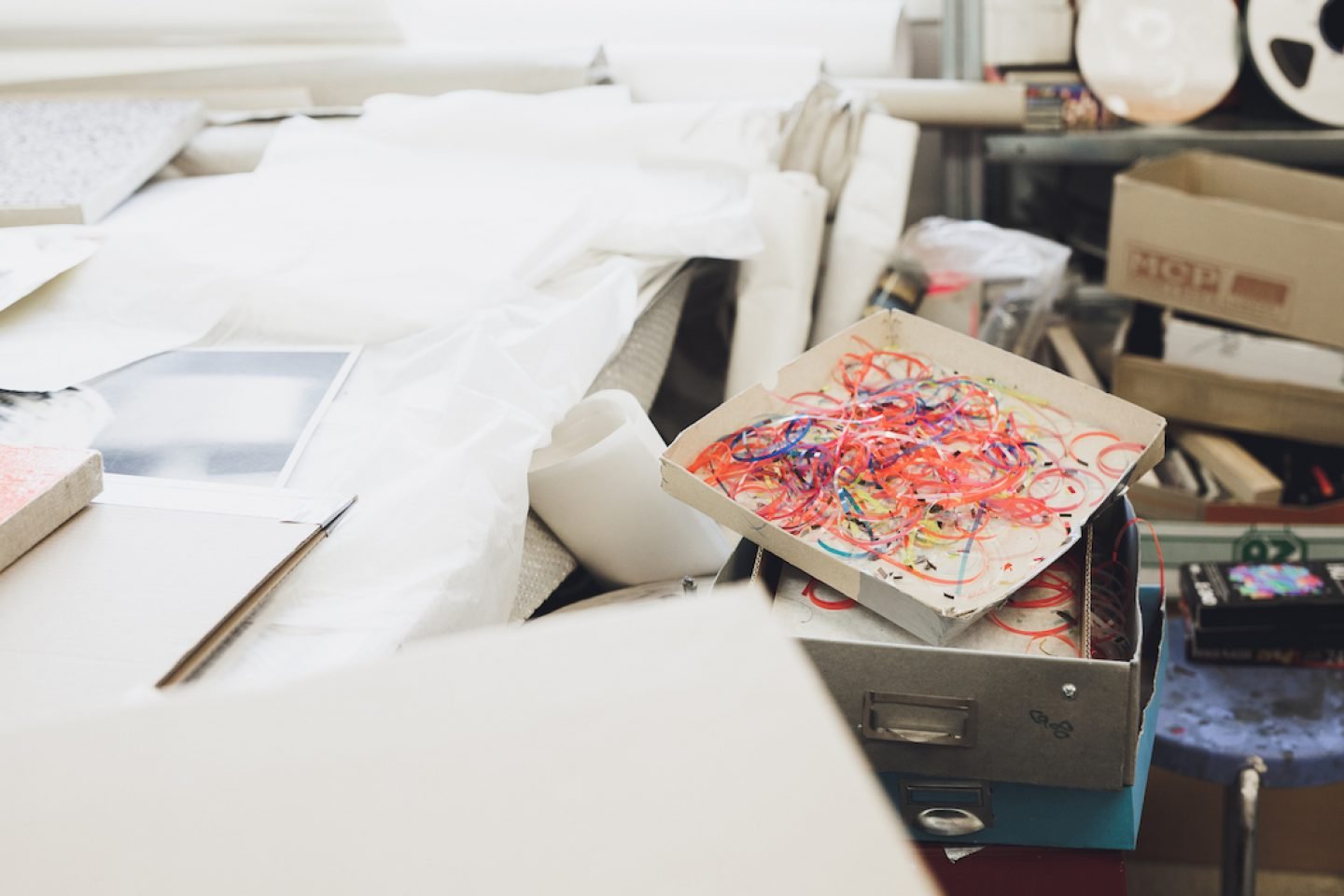
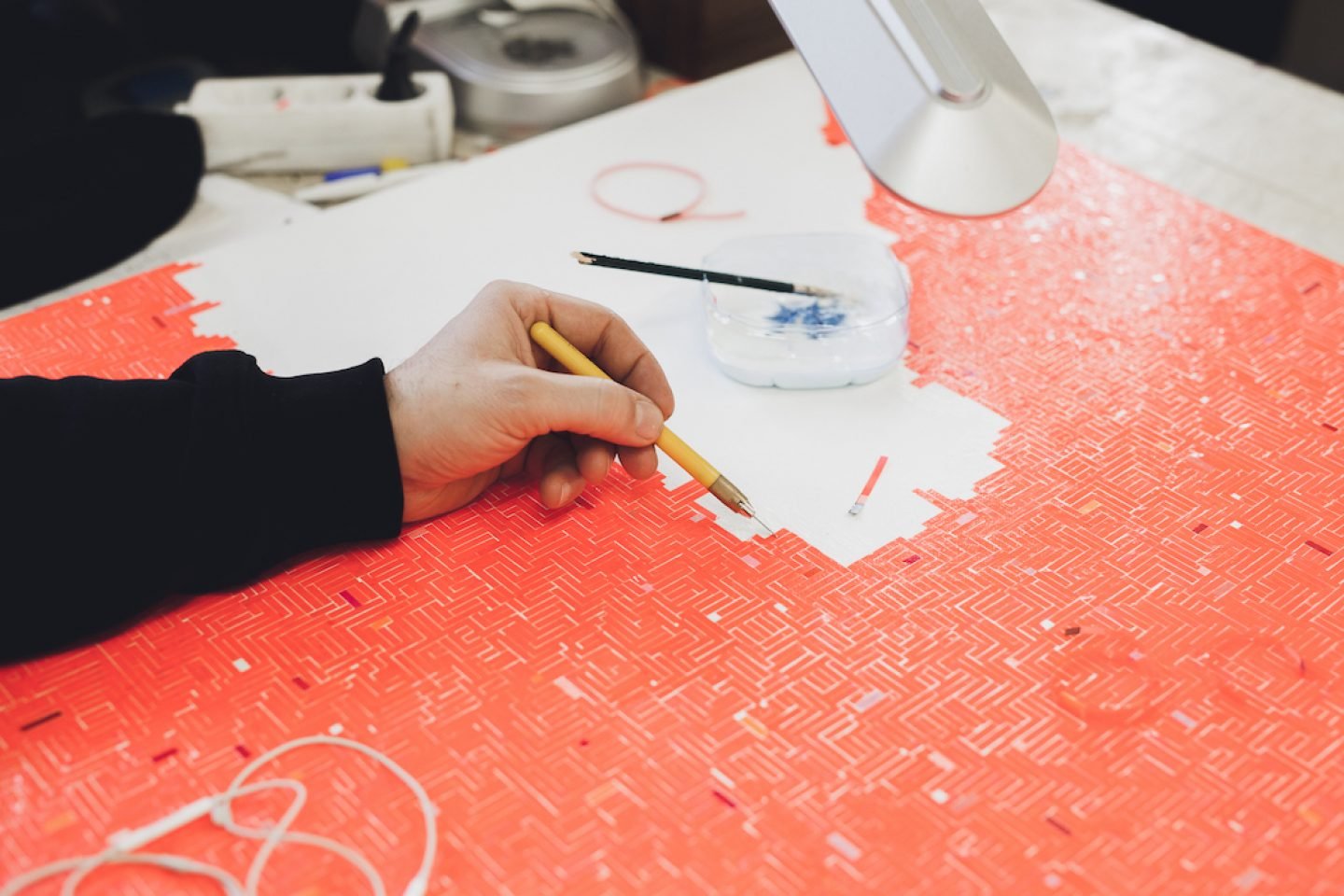

We’re also making a monumental cassette shelf, for which we’re printing custom inlays. This will be a great novelty, because these are all blue cassette boxes. Every shelf of this work contains 406 cassettes in total.
I’ve worked with toilet paper for 7 years now and for the big room at Bethanien, we’ve made a toilet paper wallpaper inspired by the fabrics on the wall at Gemäldegalerie in Berlin. It’s an incredibly intricate work, because the rapport and composition are created through the vertical layers, thereby becoming subordinated to the ornament. Then you also have the horizontal breaks. The ornament must become apparent. It’s like a musical score. And on this wall of toilet paper, the paintings will be displayed.
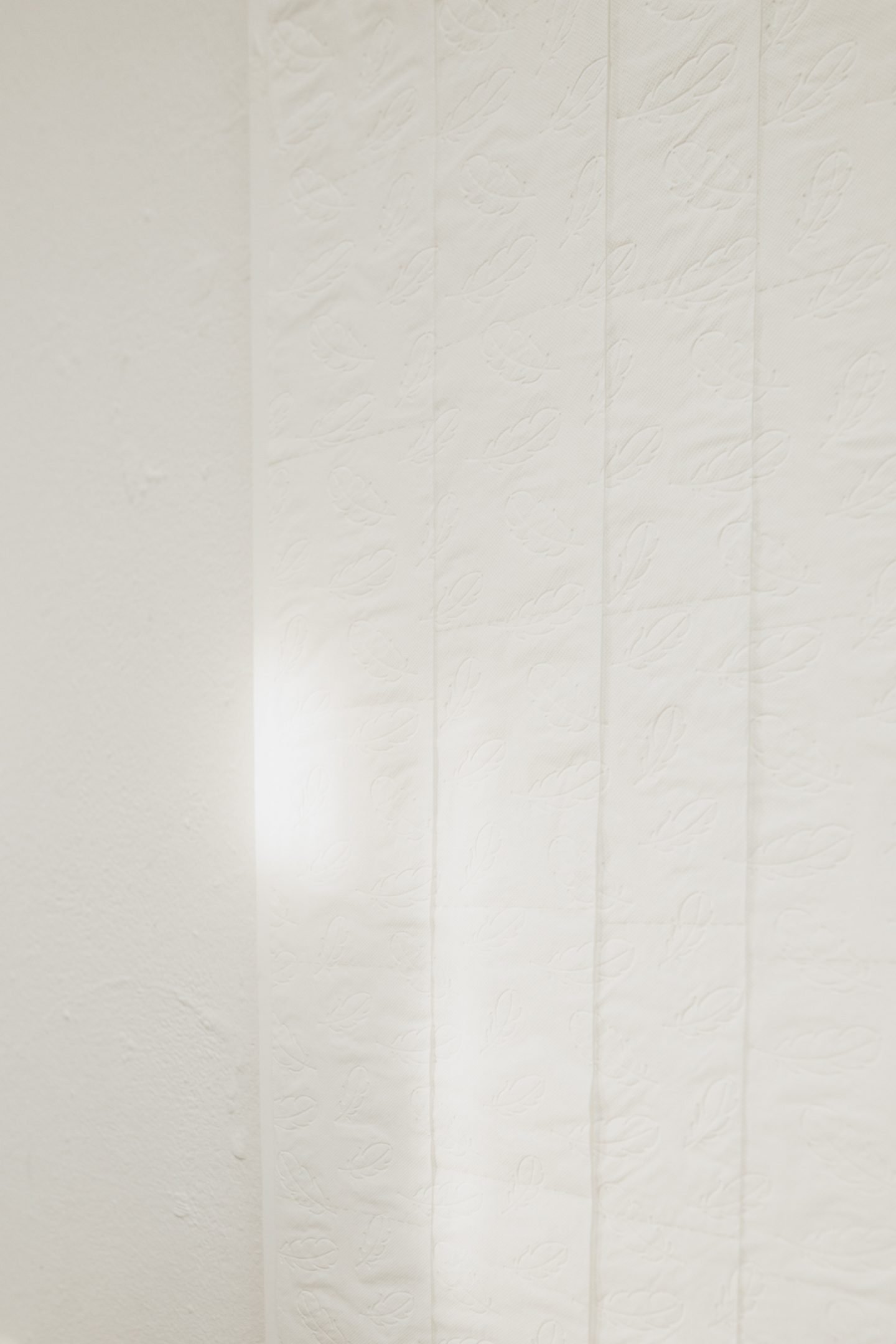
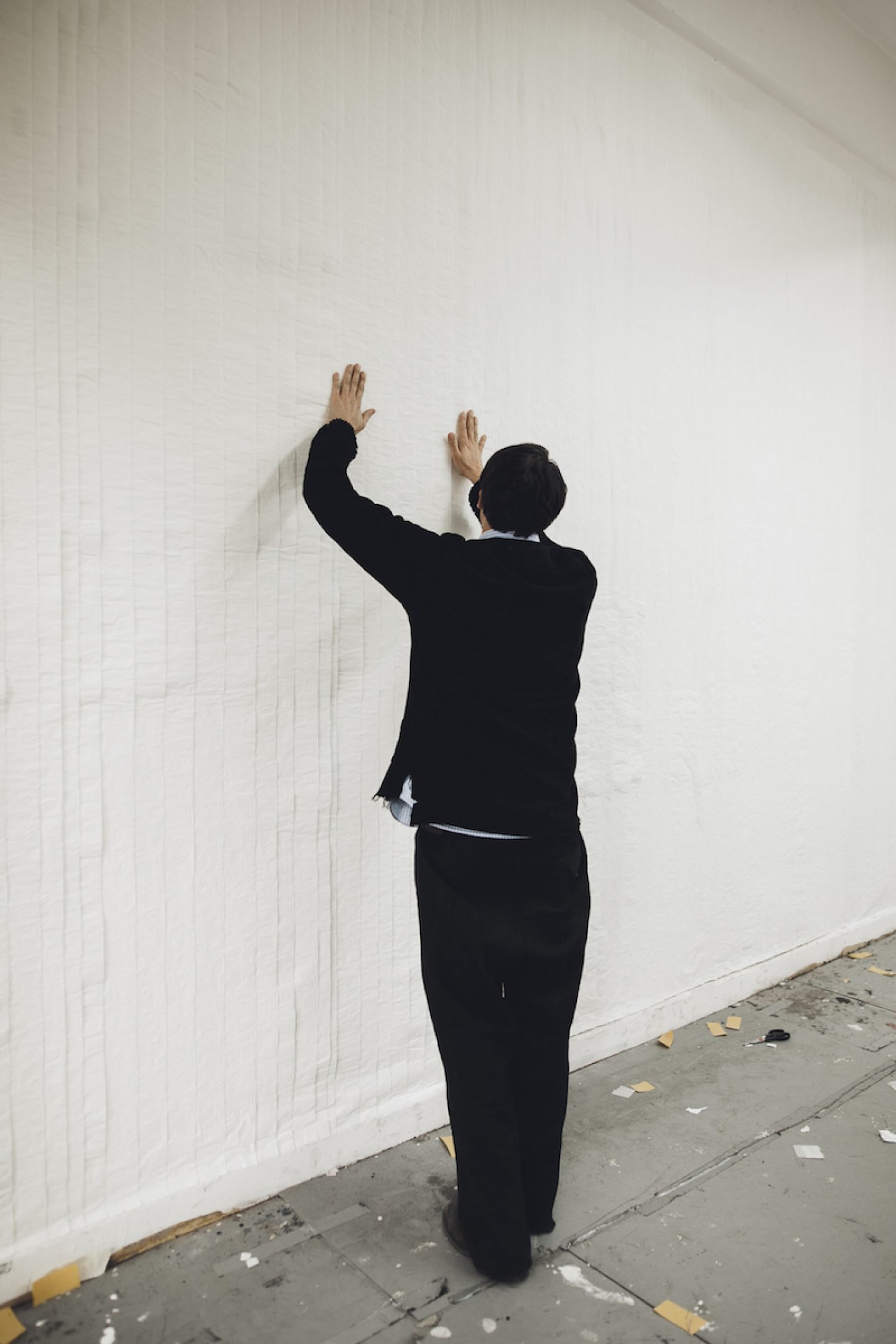
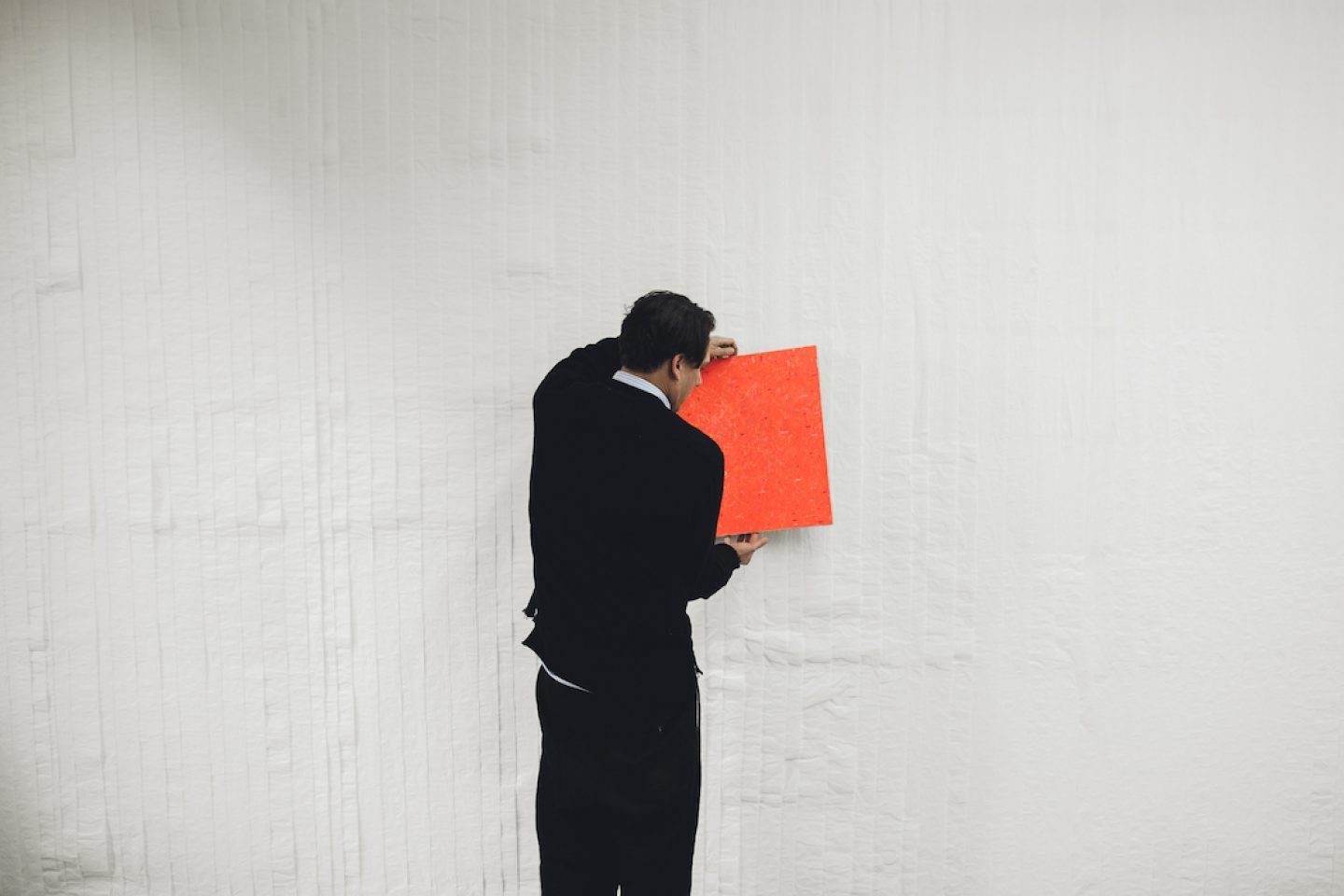
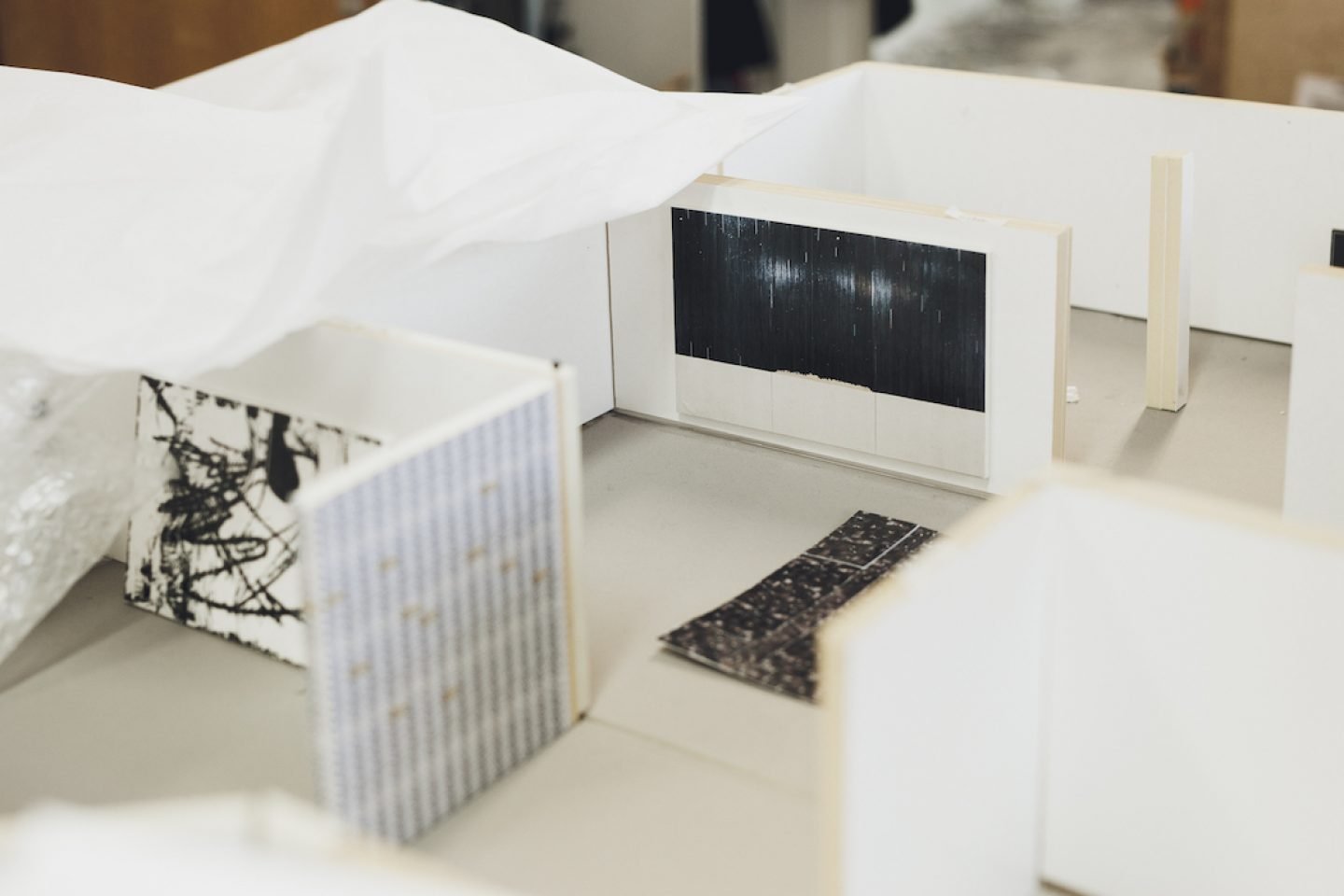
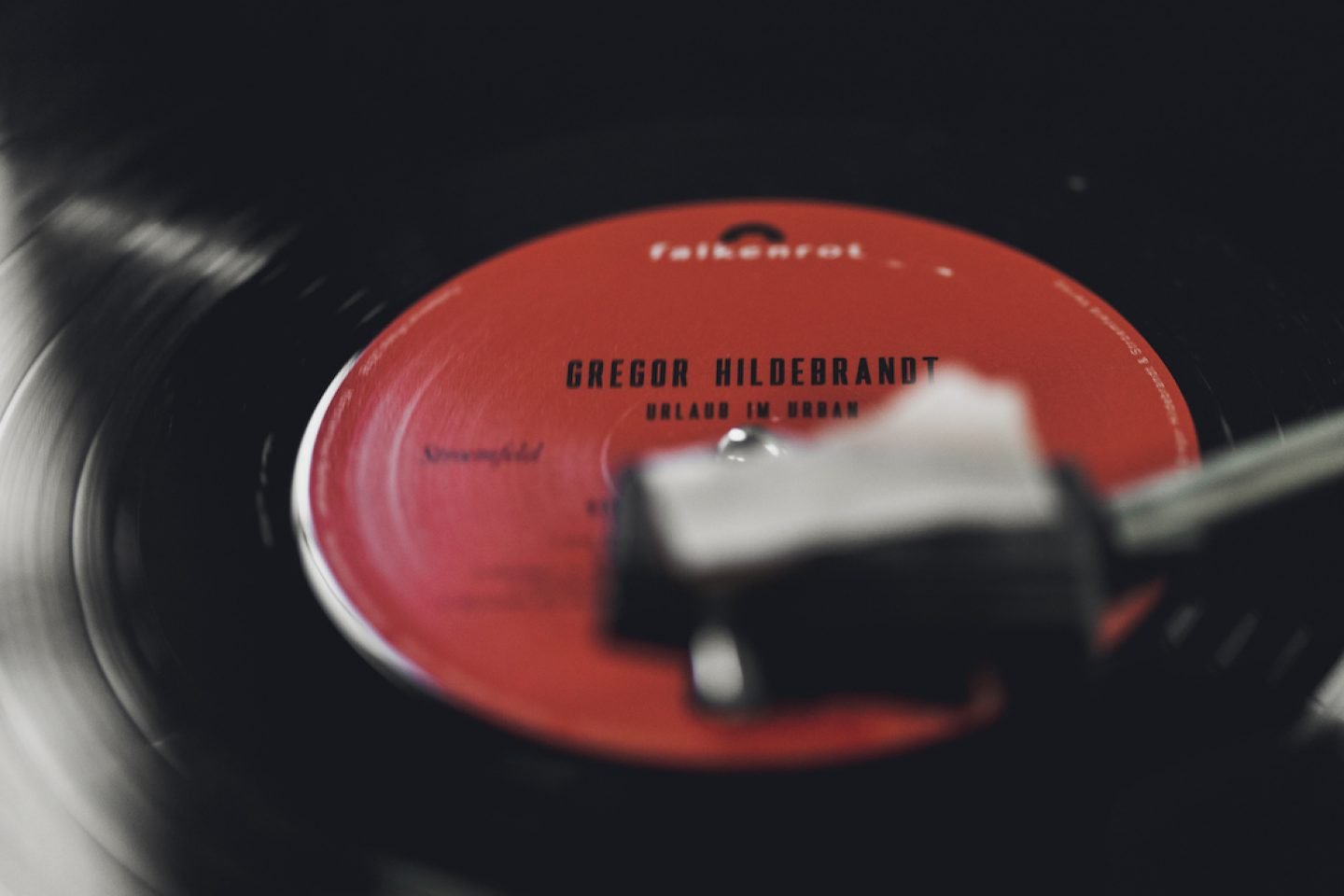
The interview was edited and condensed. Photography by Ana Santl / Artwork images © Tom Gundelwein, Roman März, courtesy of Wentrup Gallery
